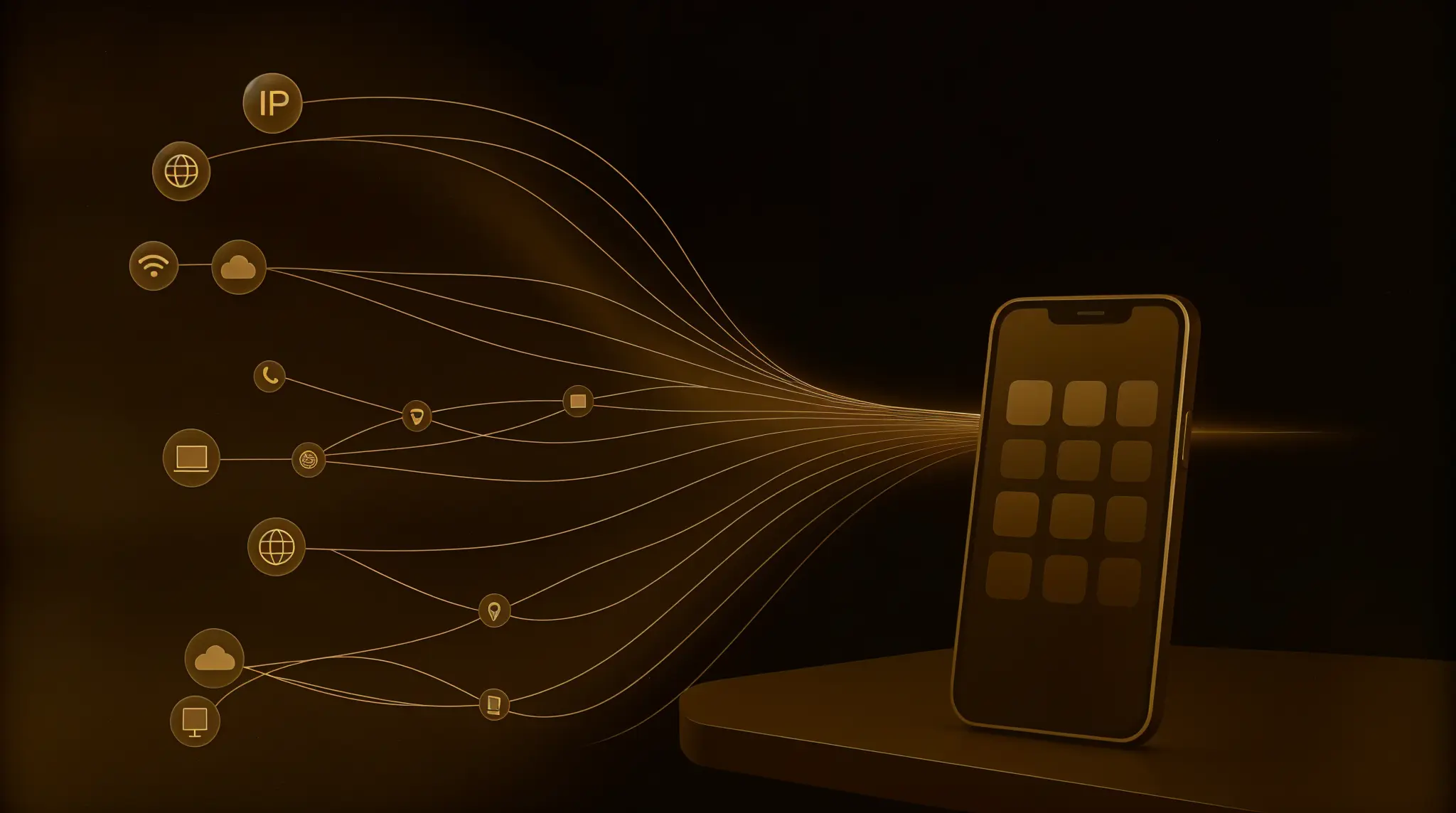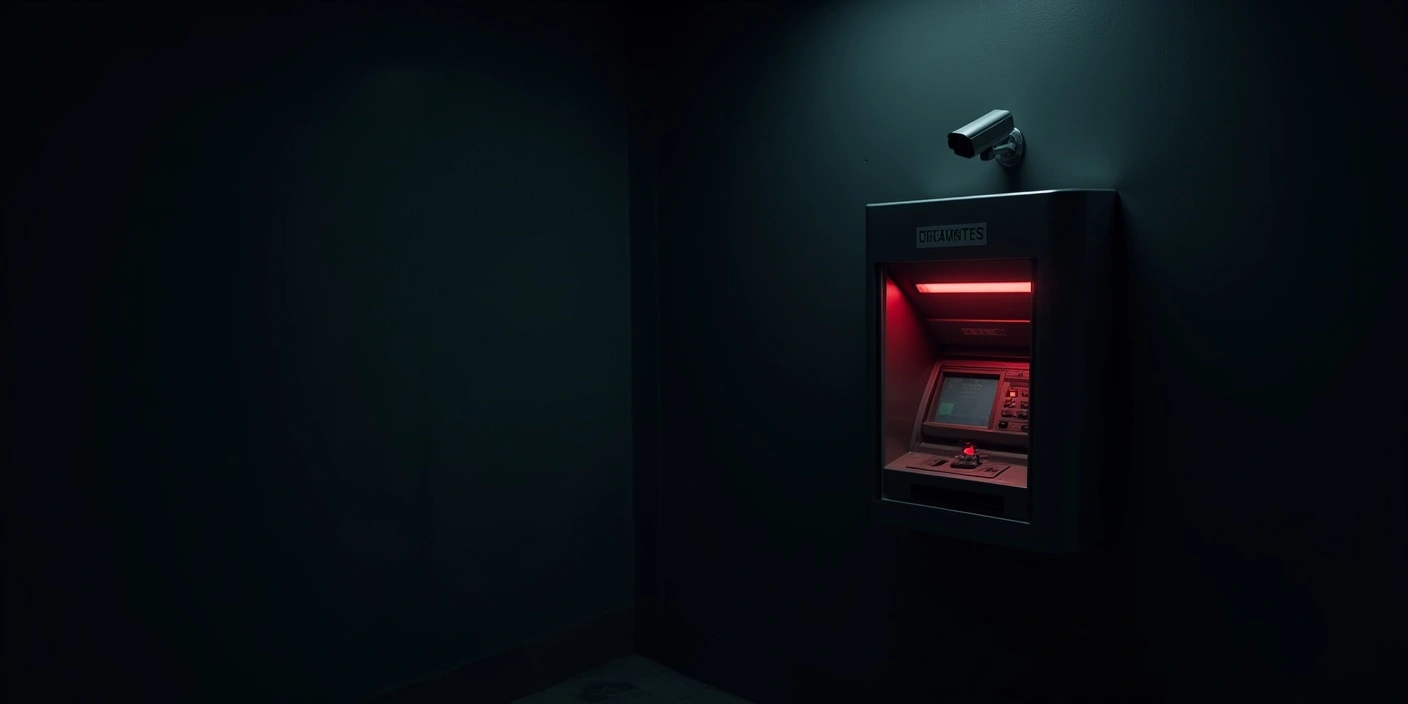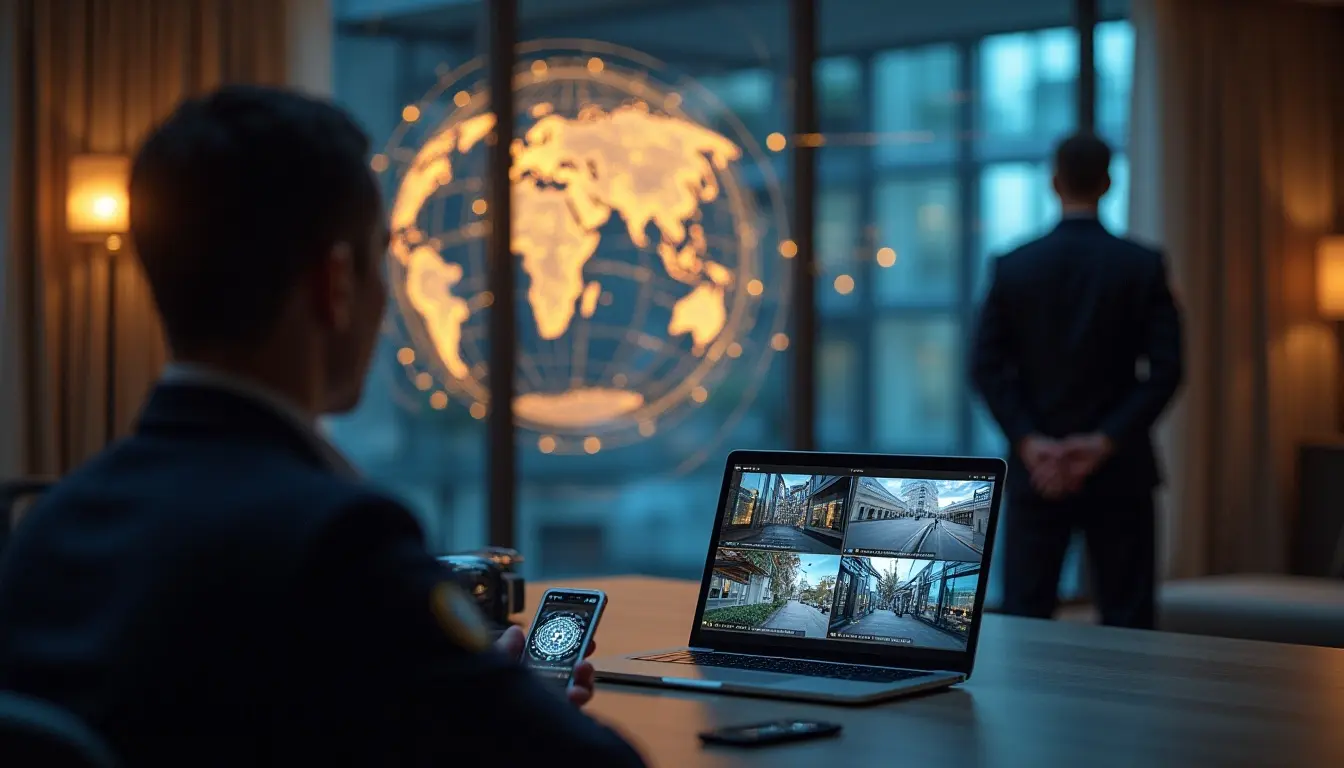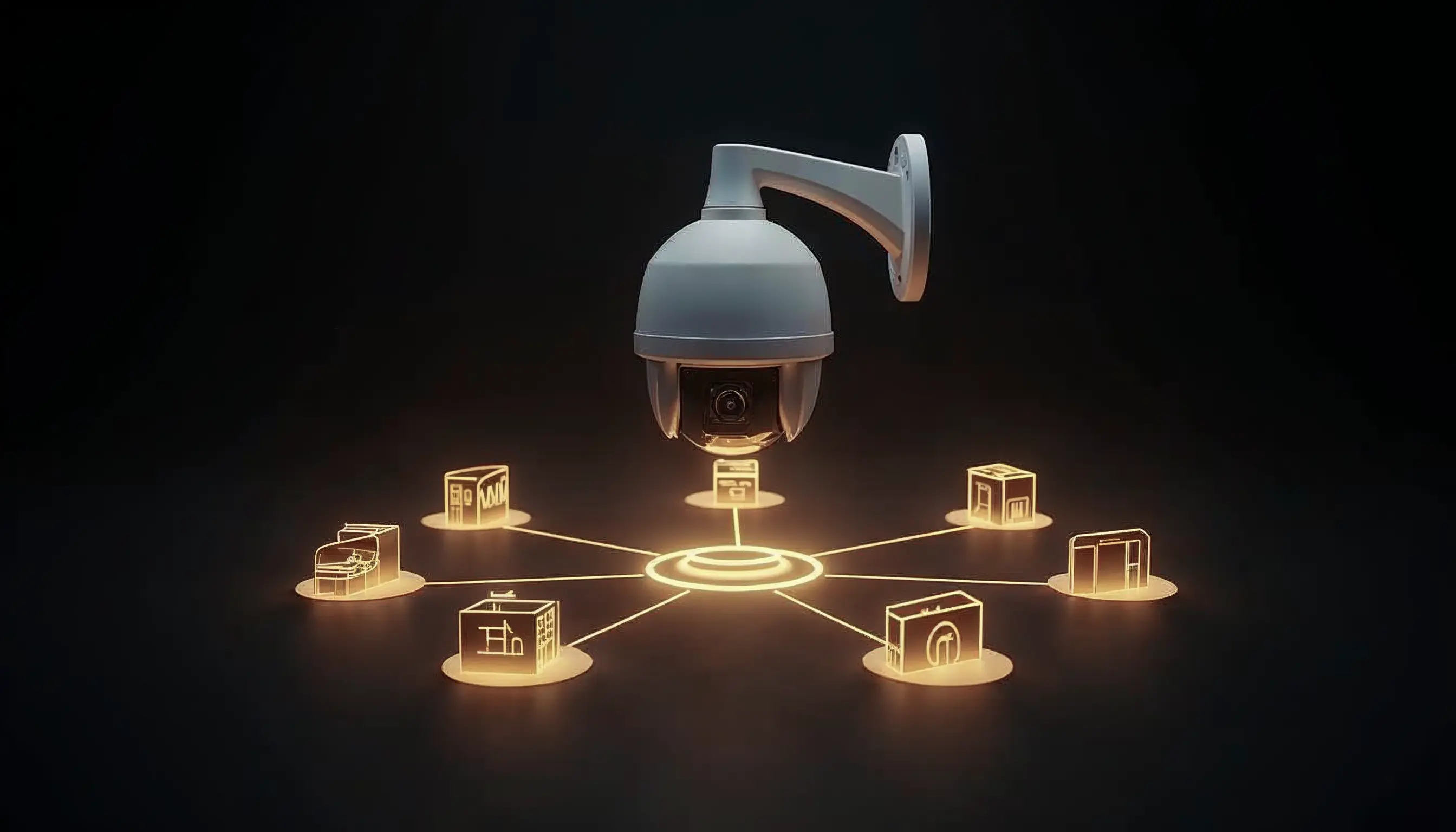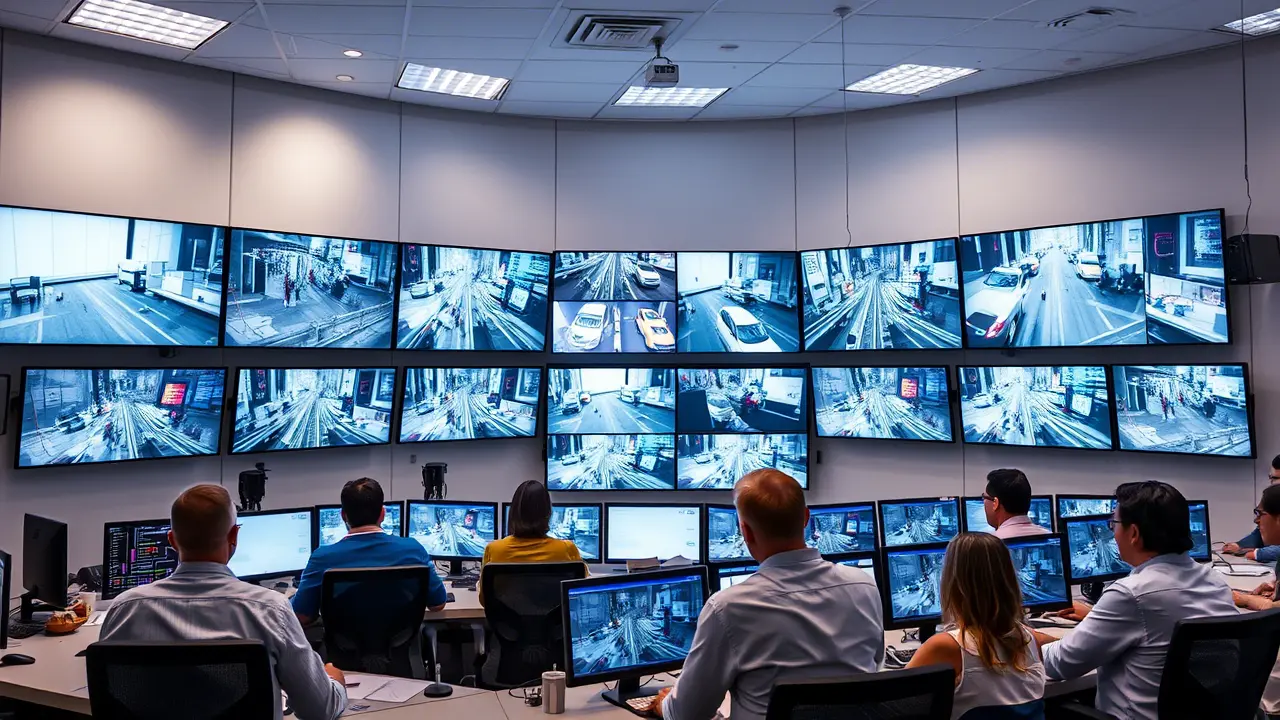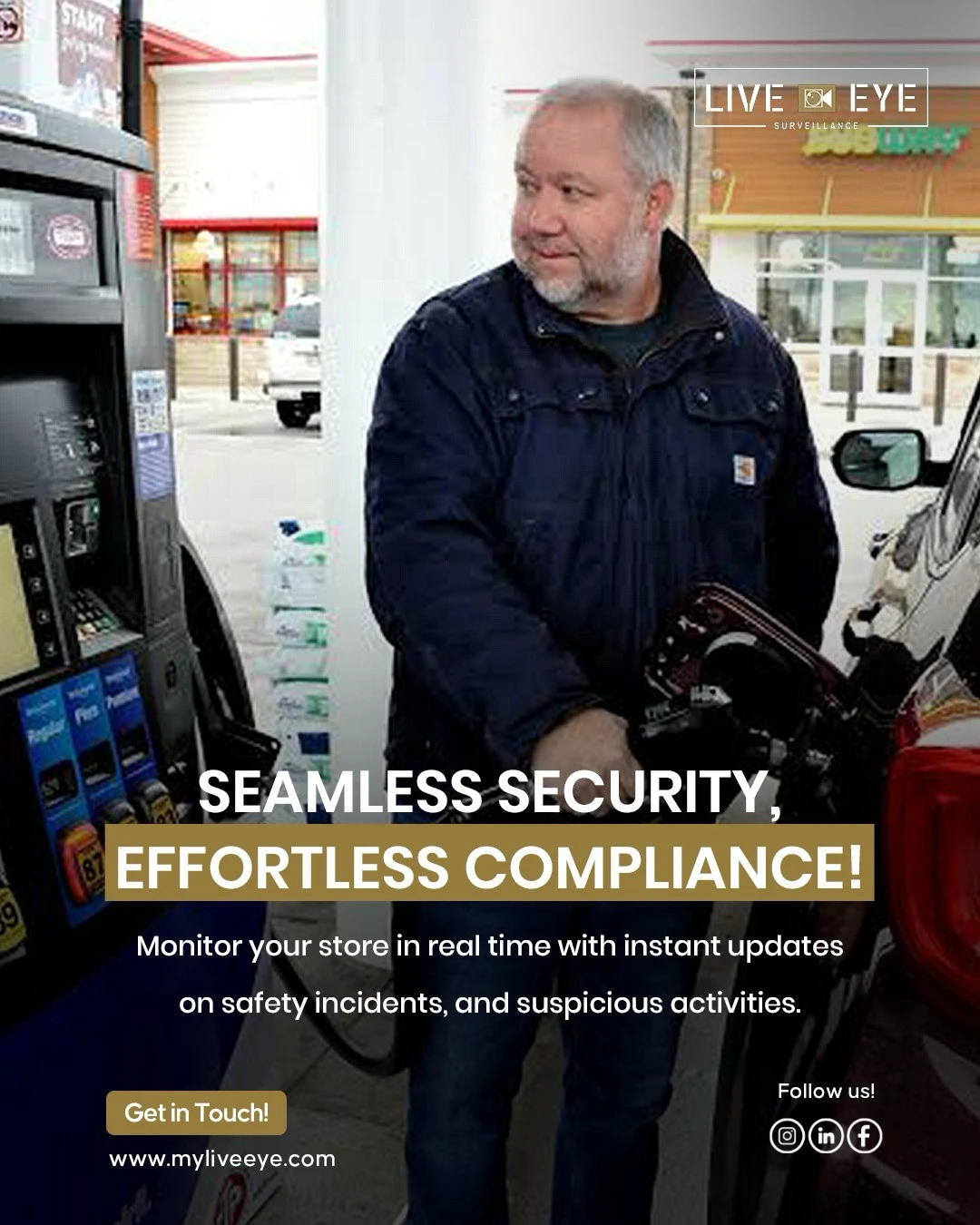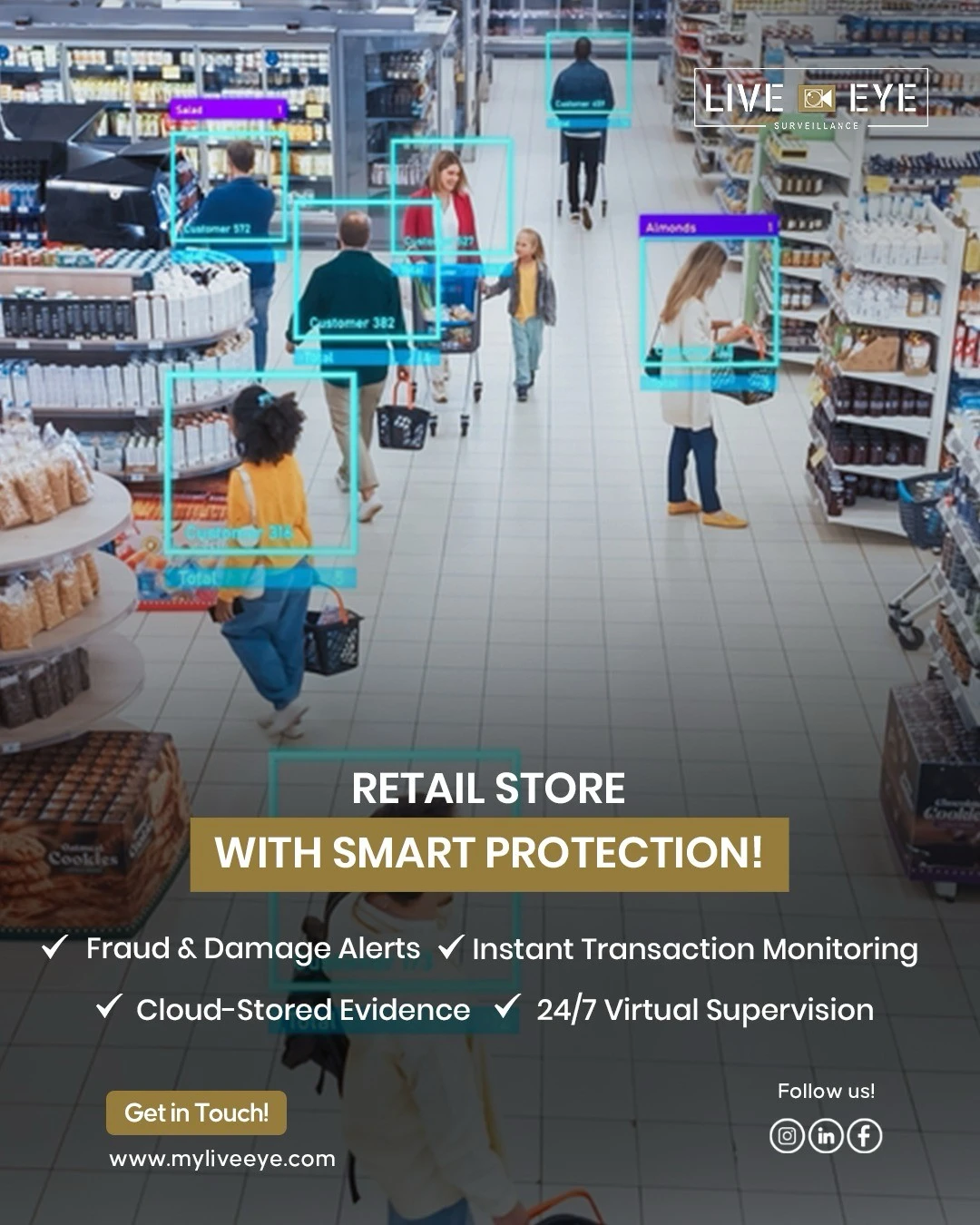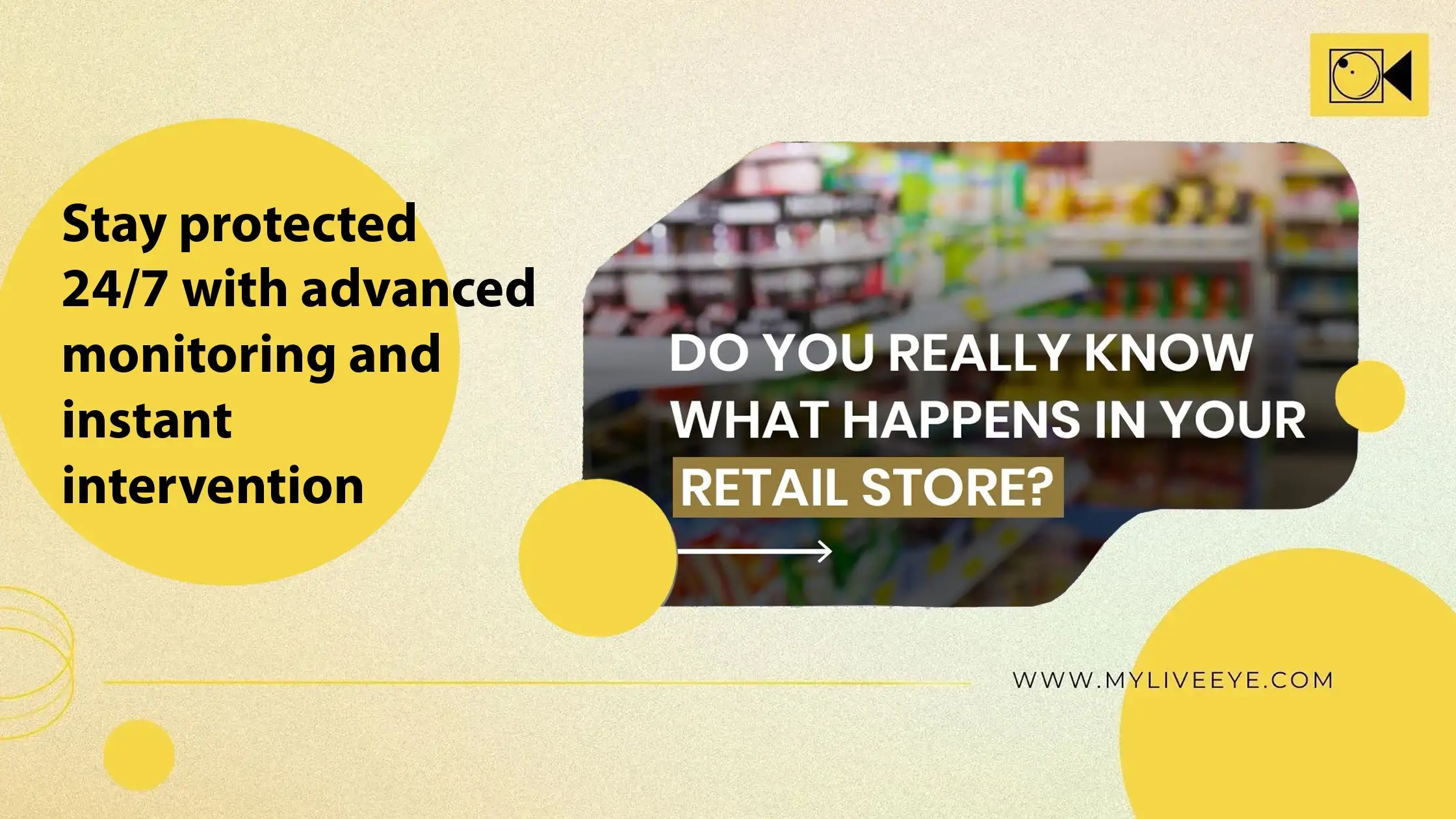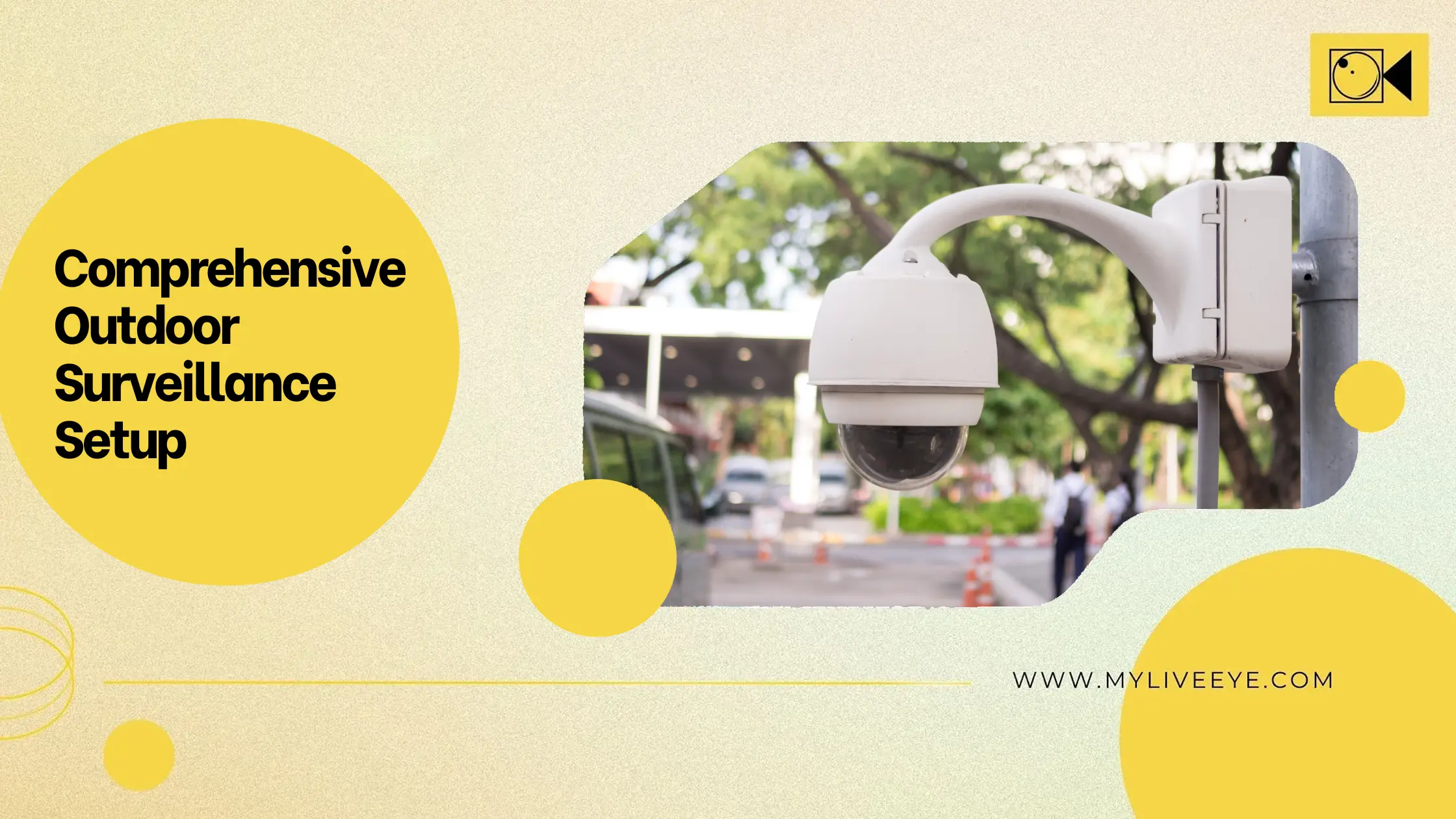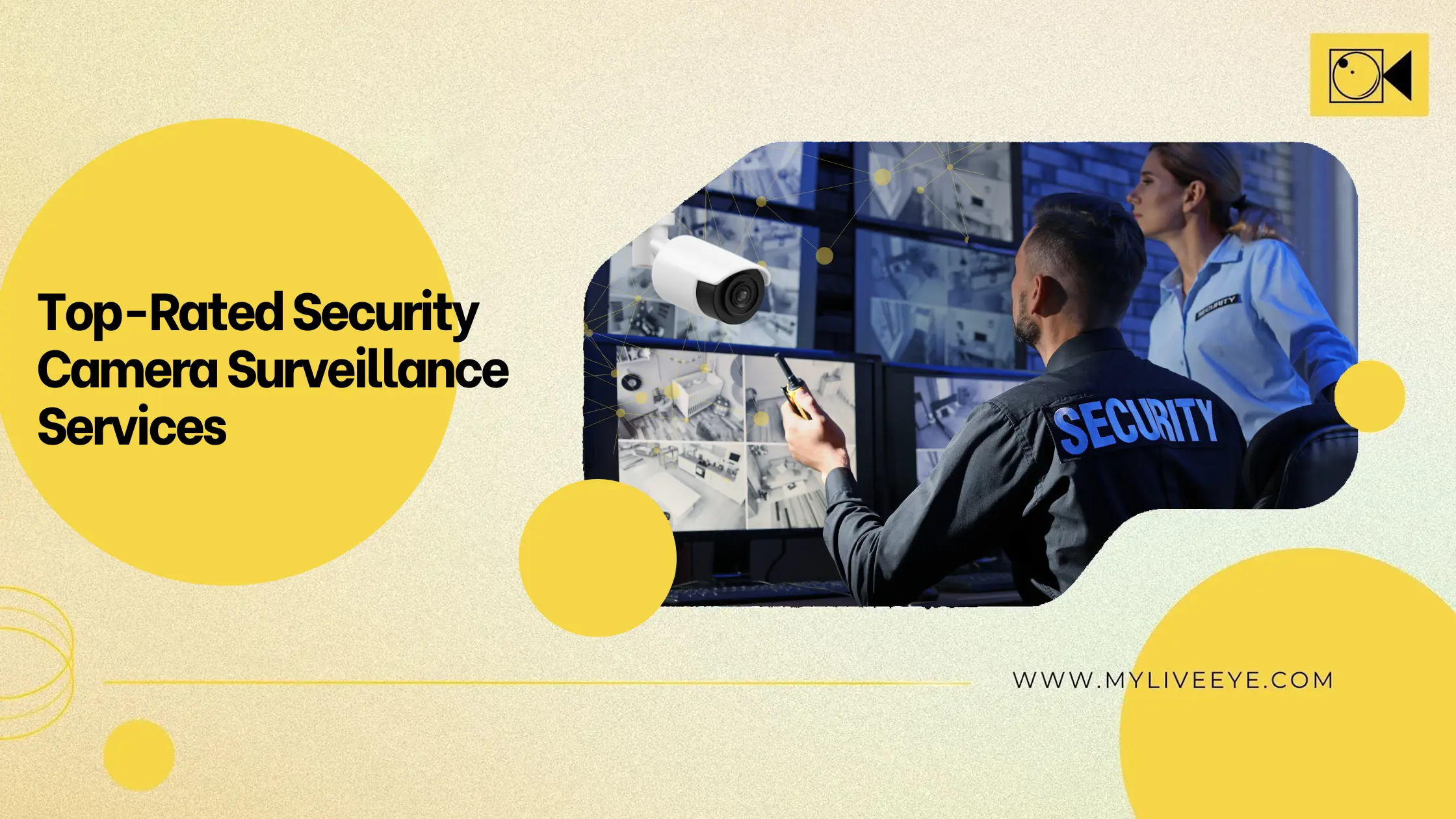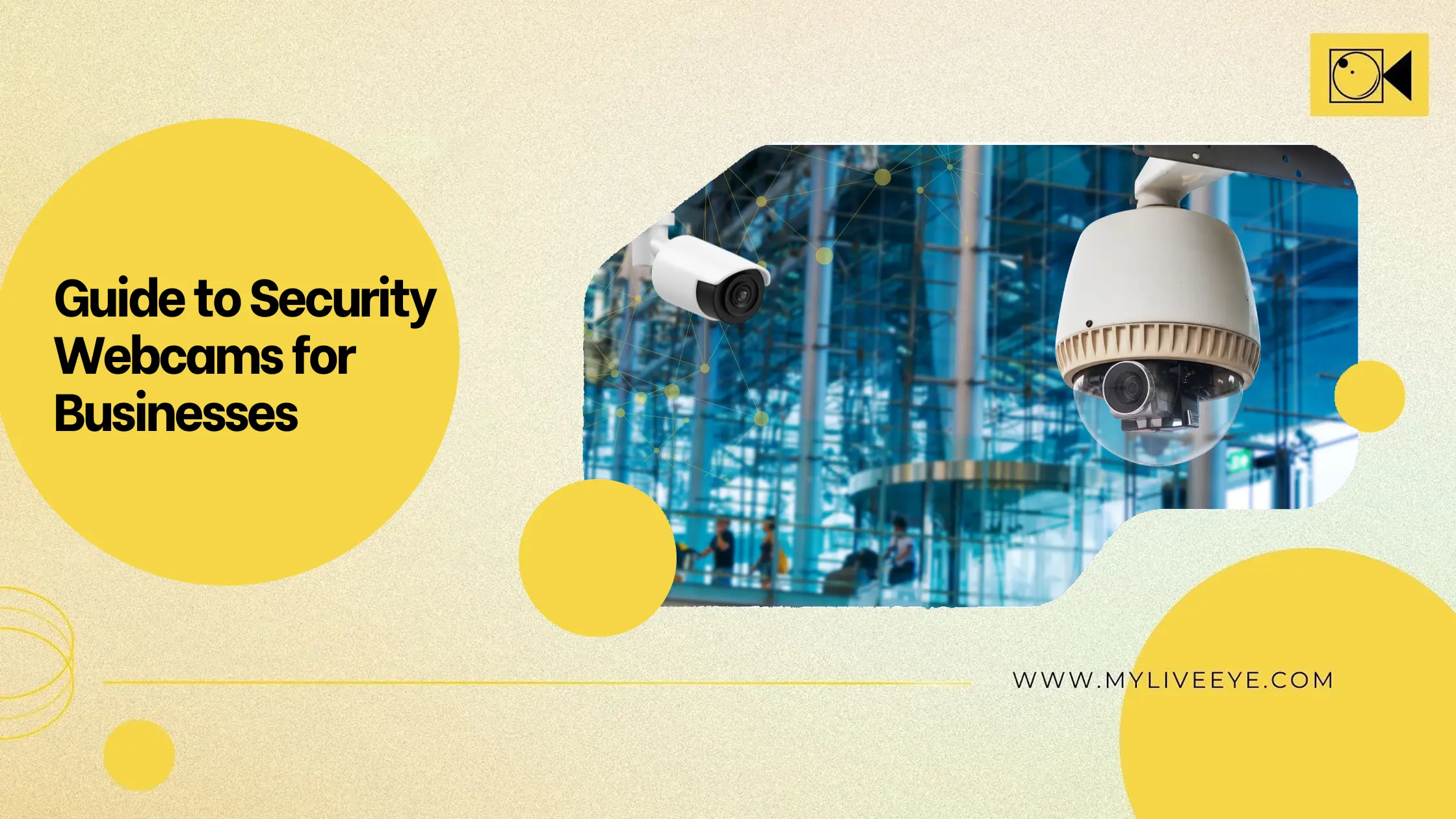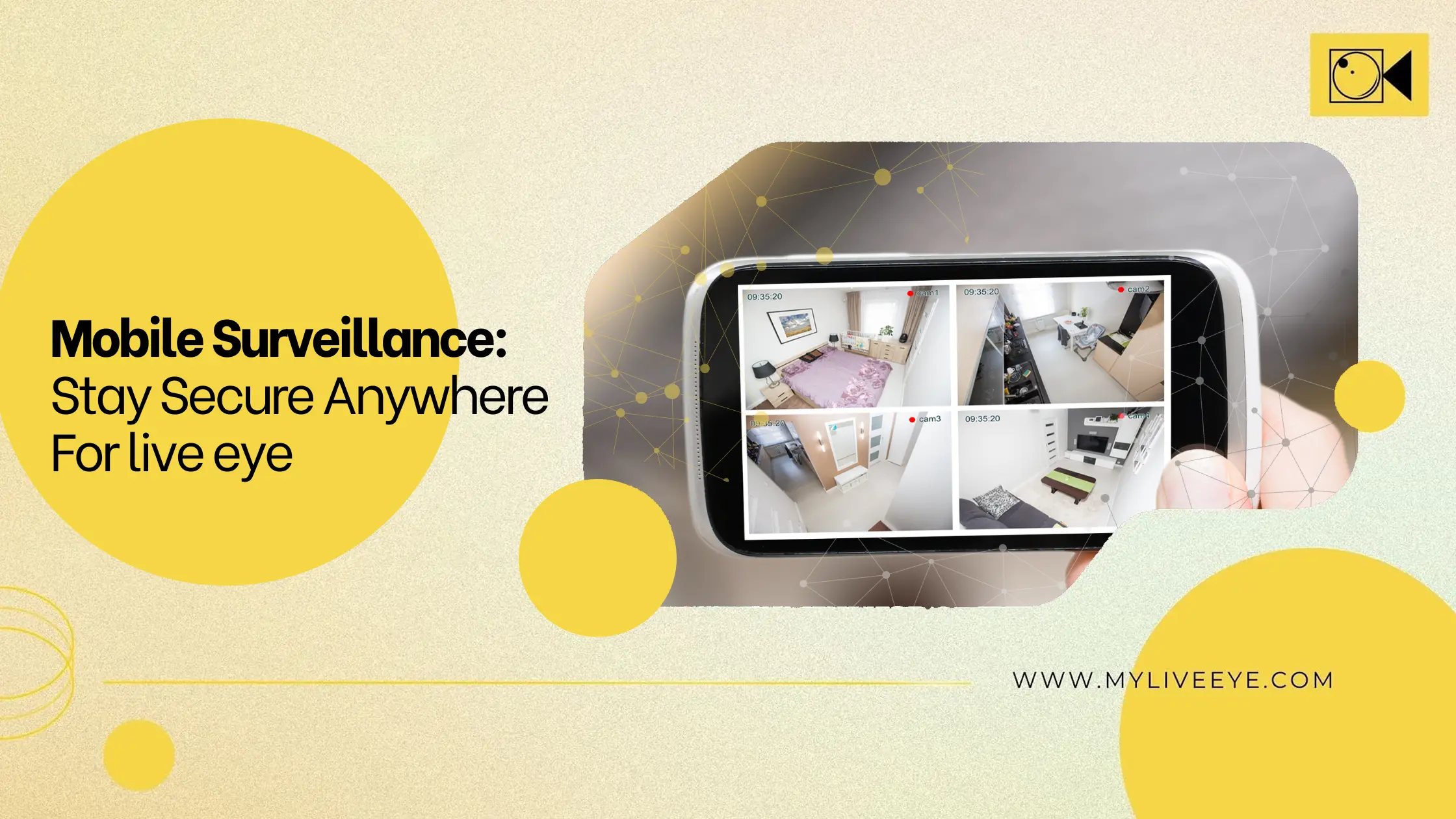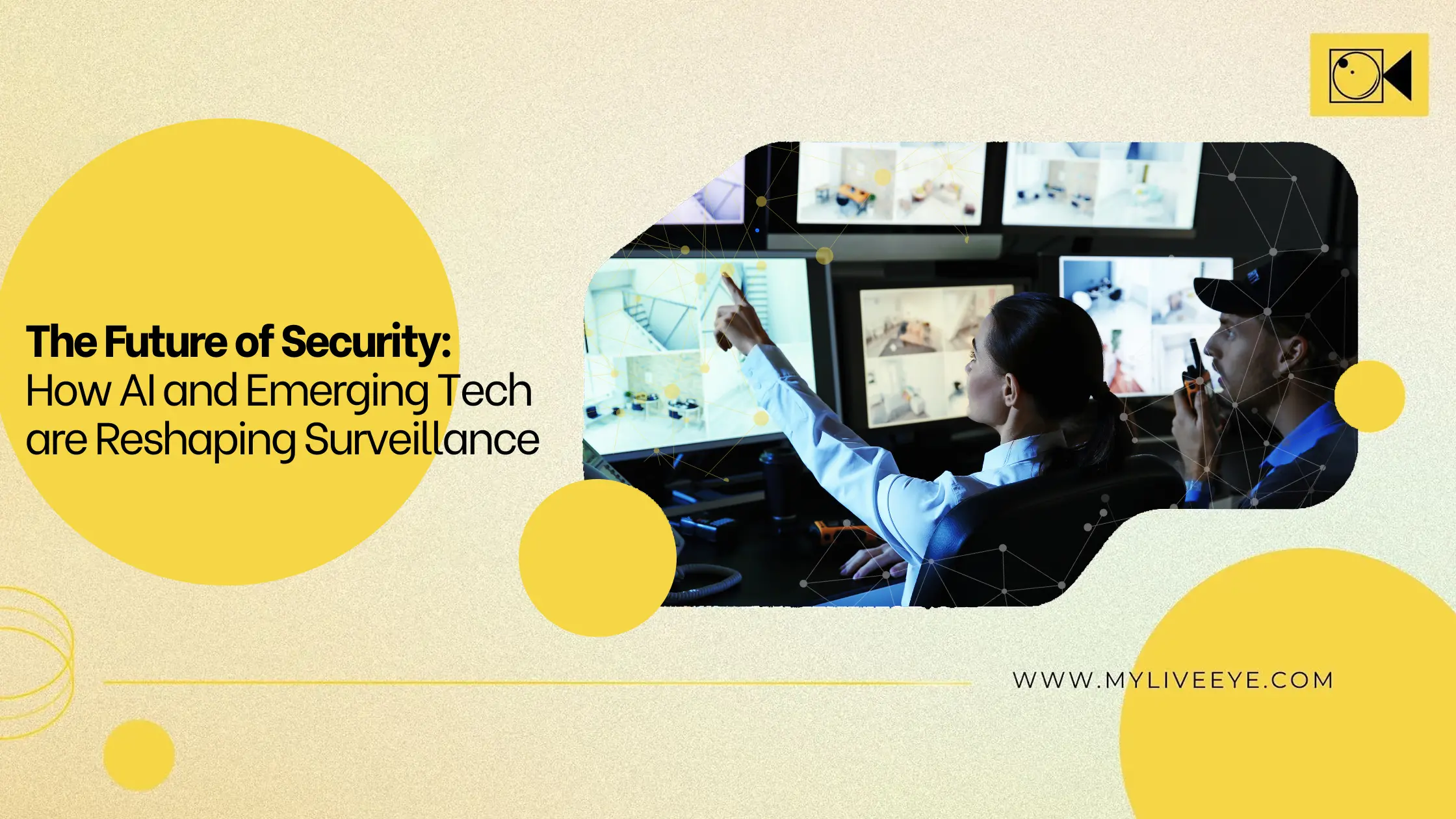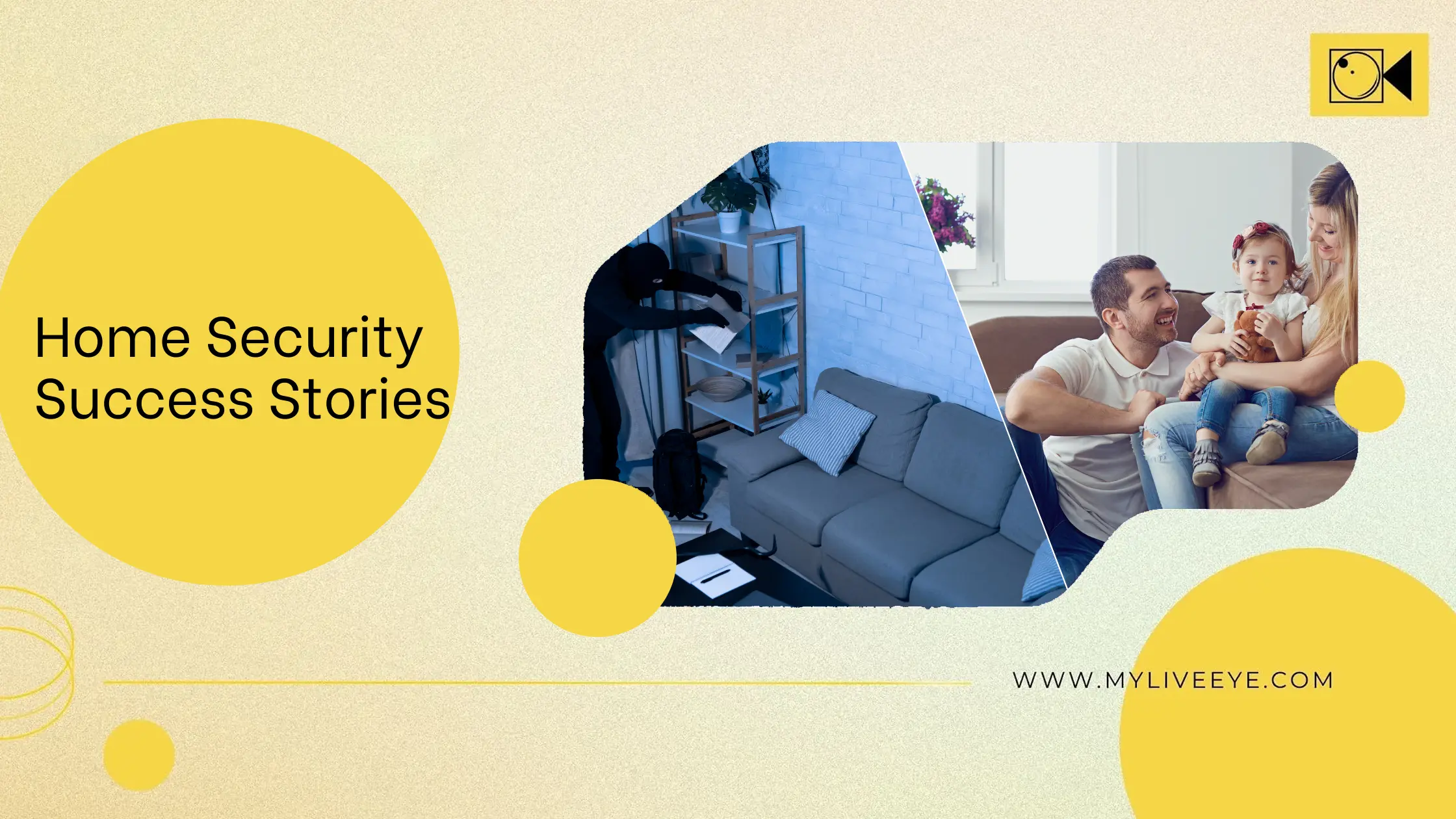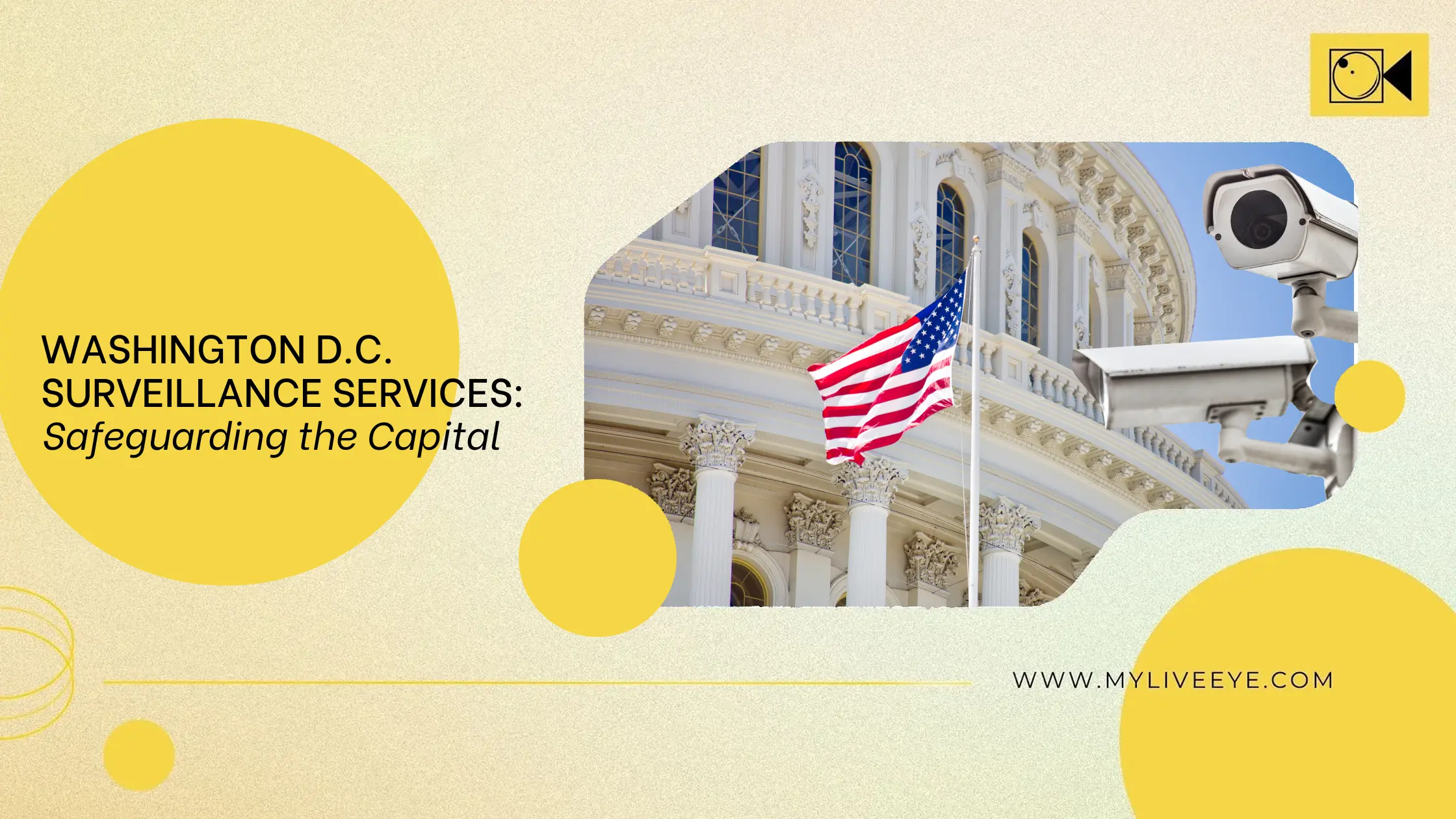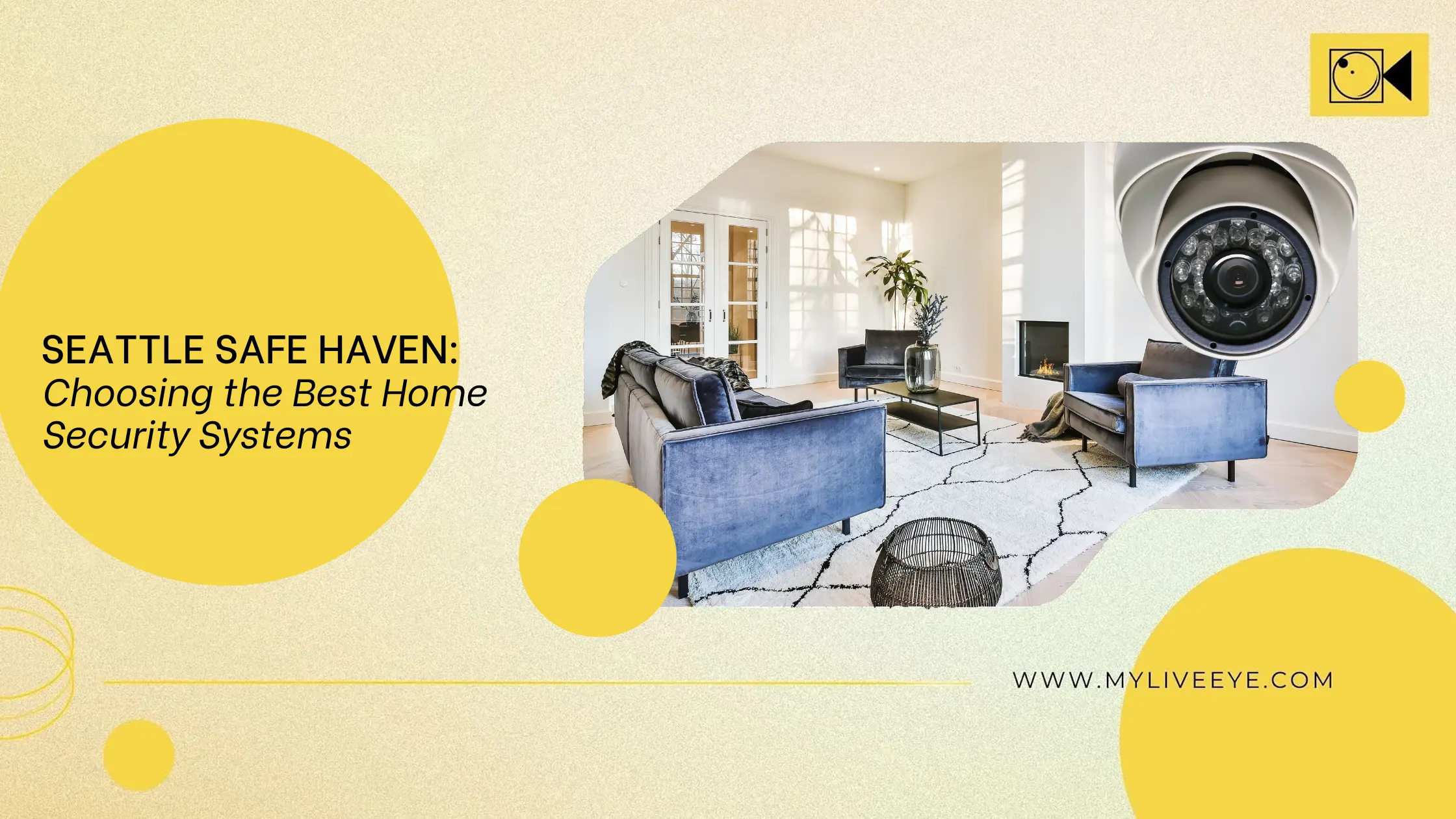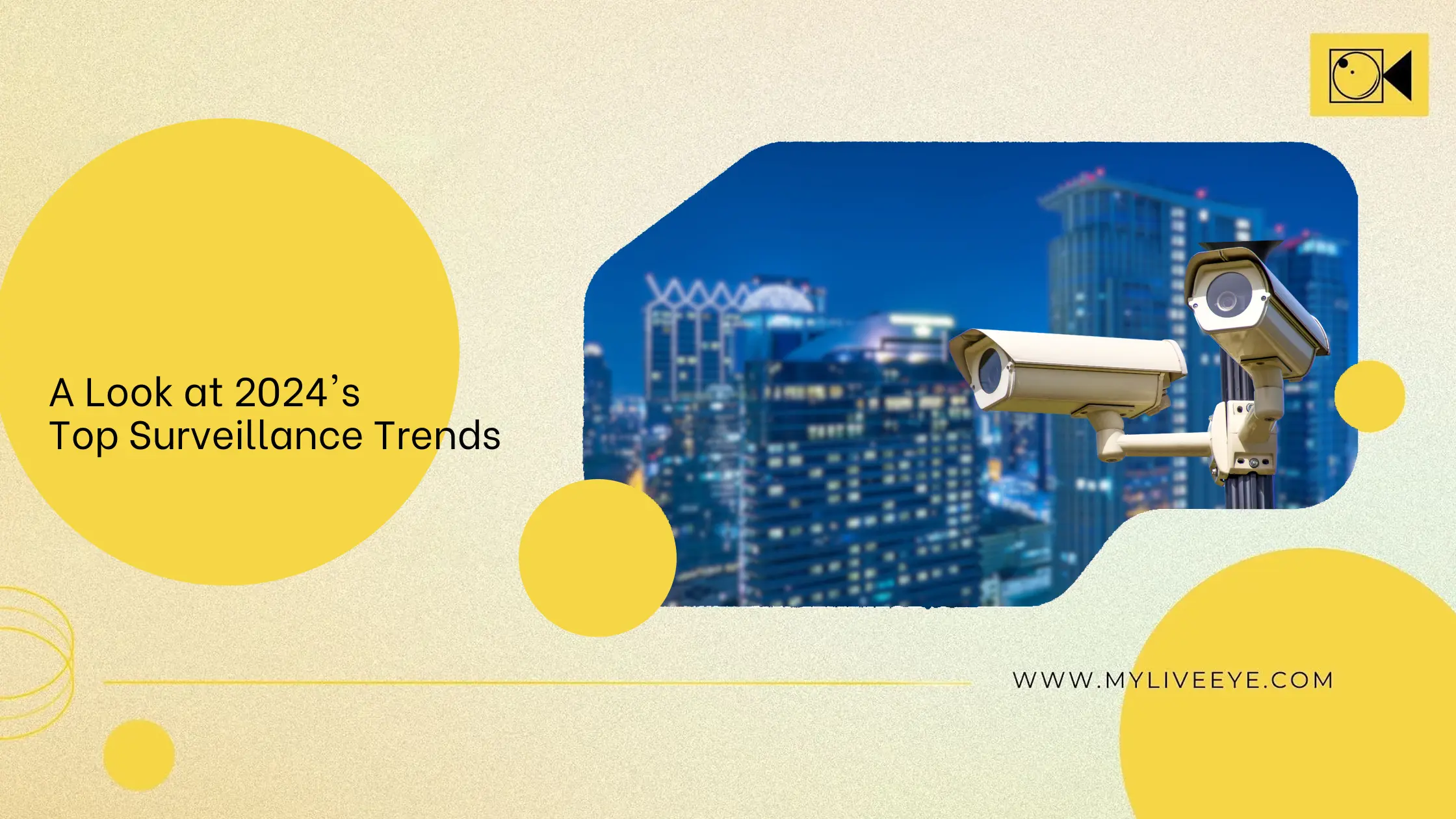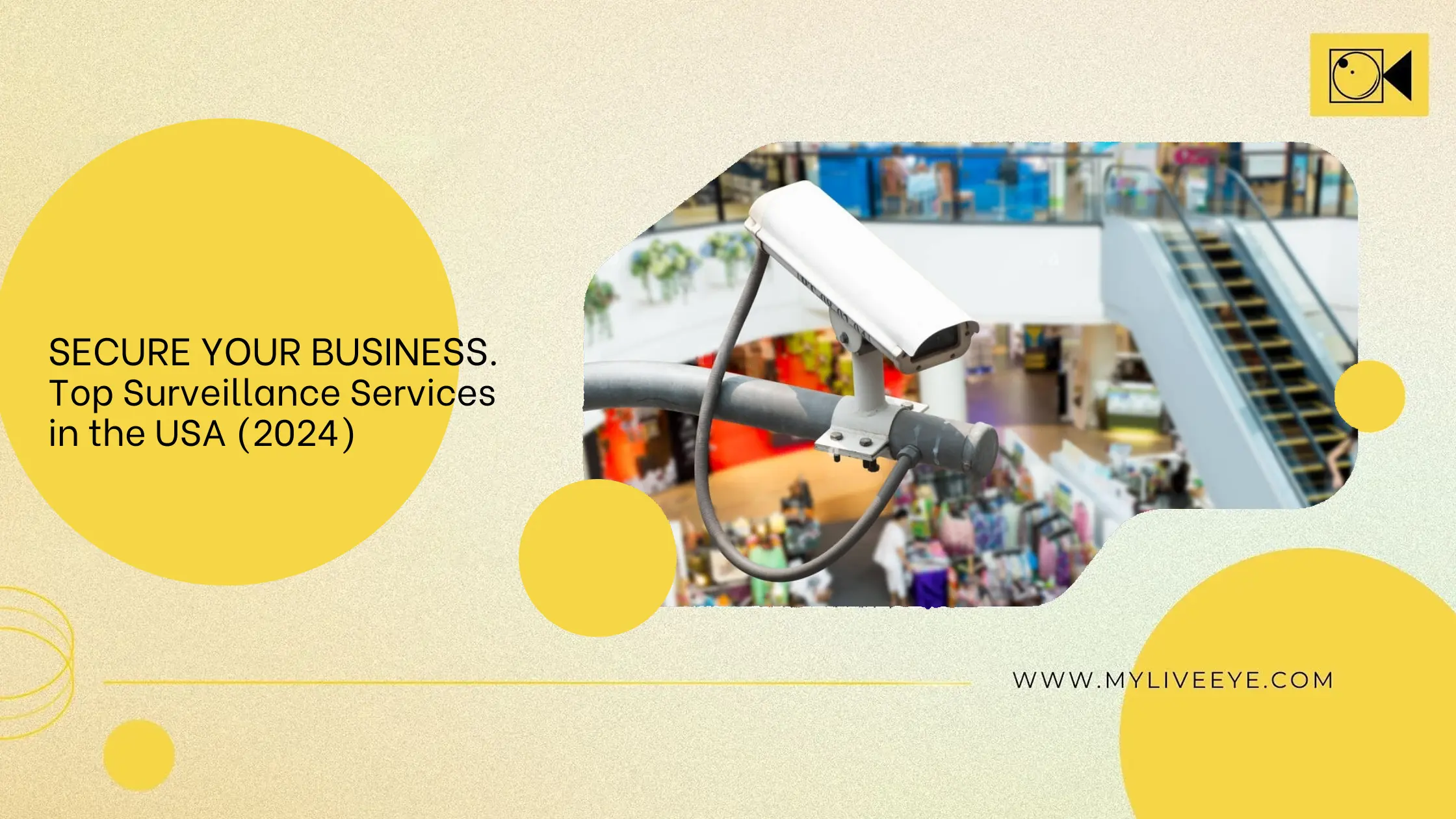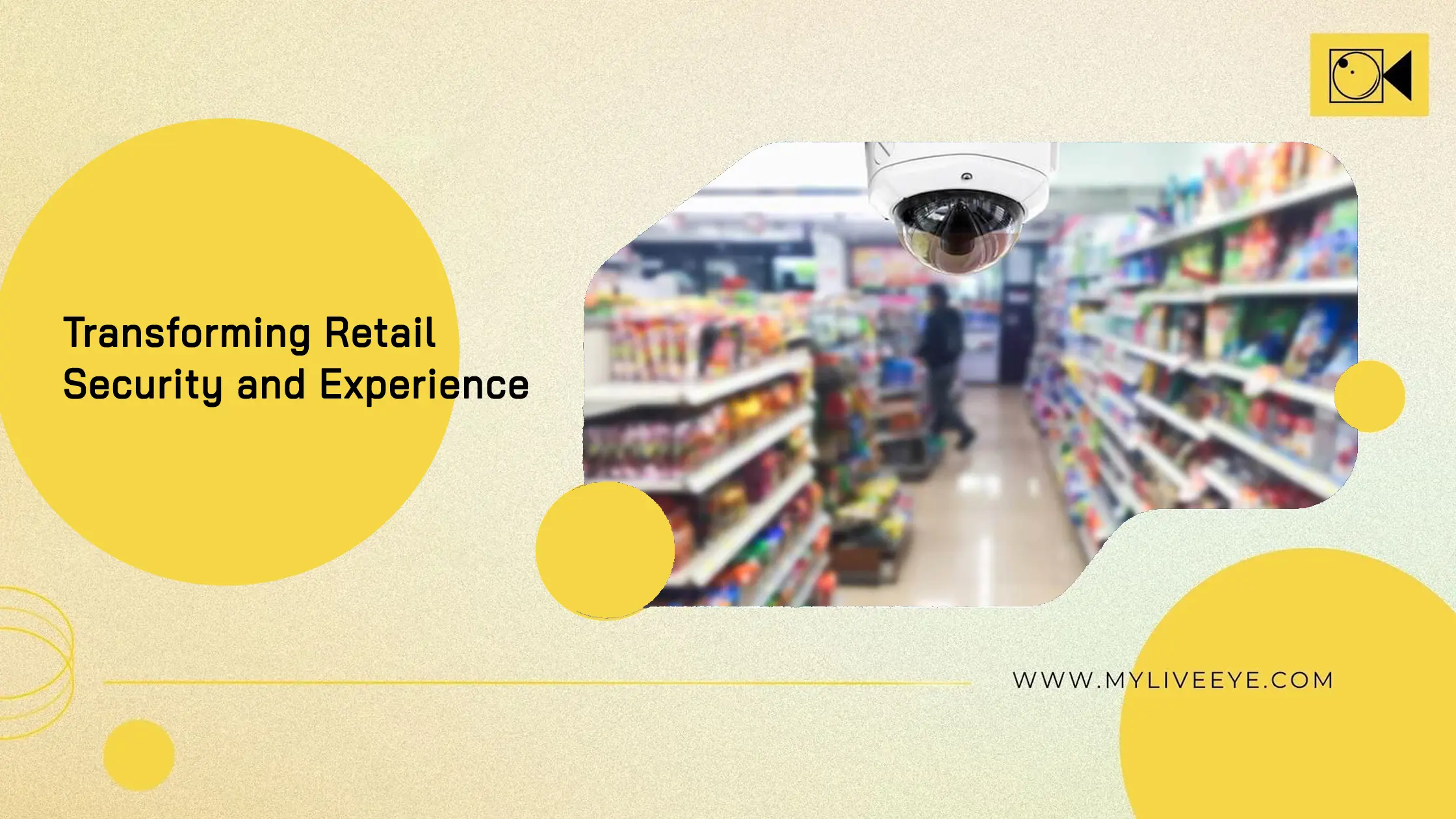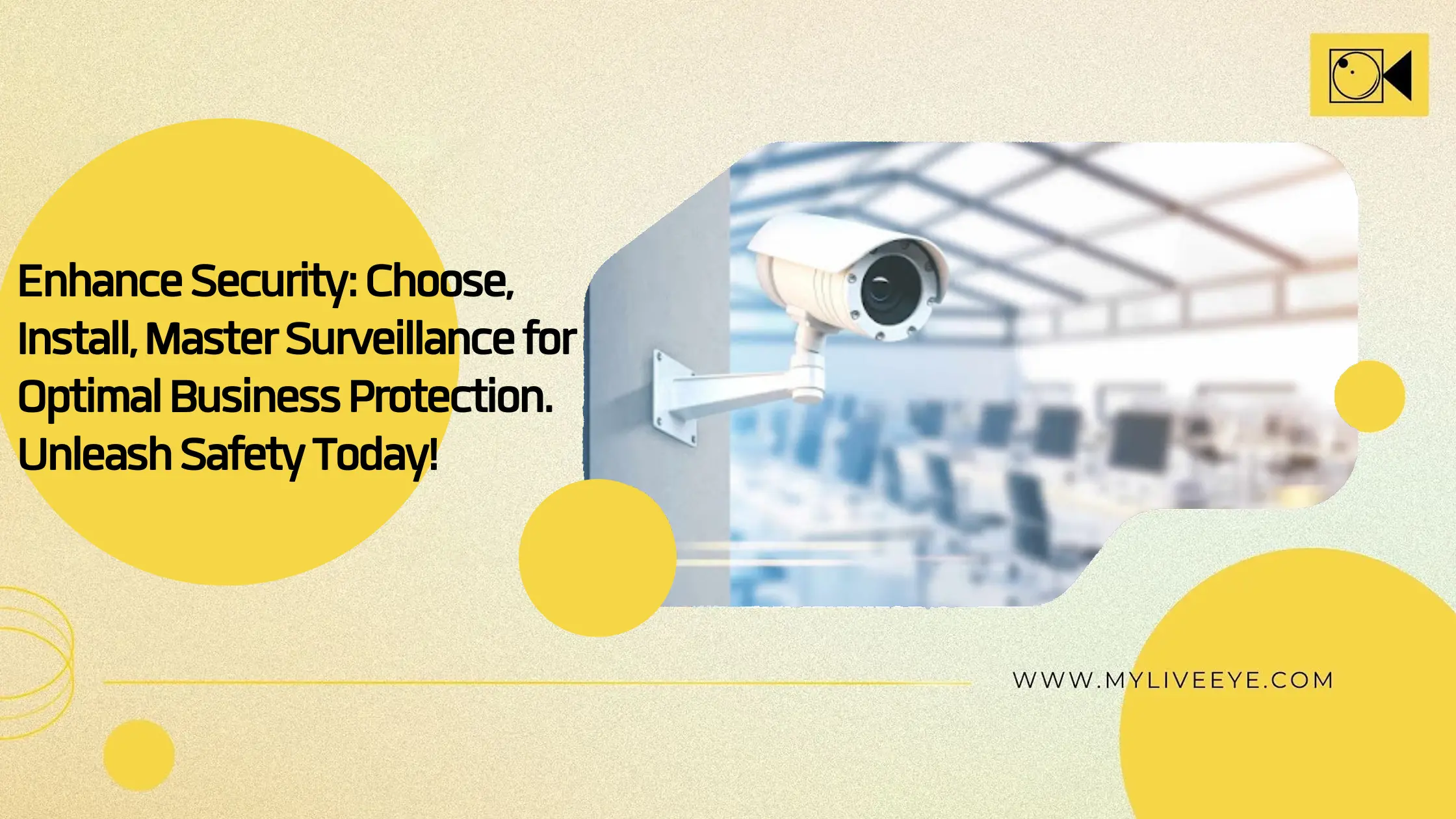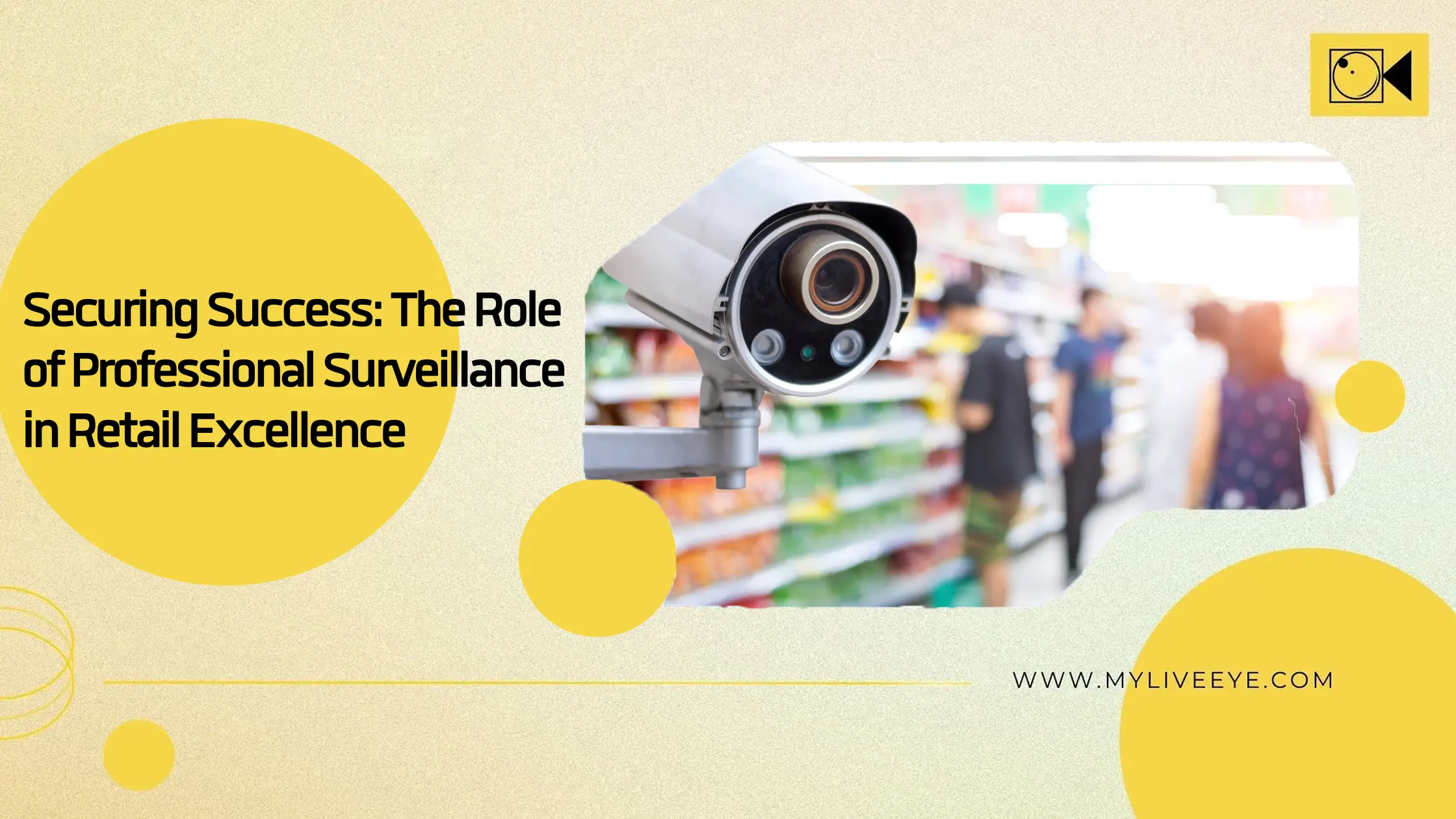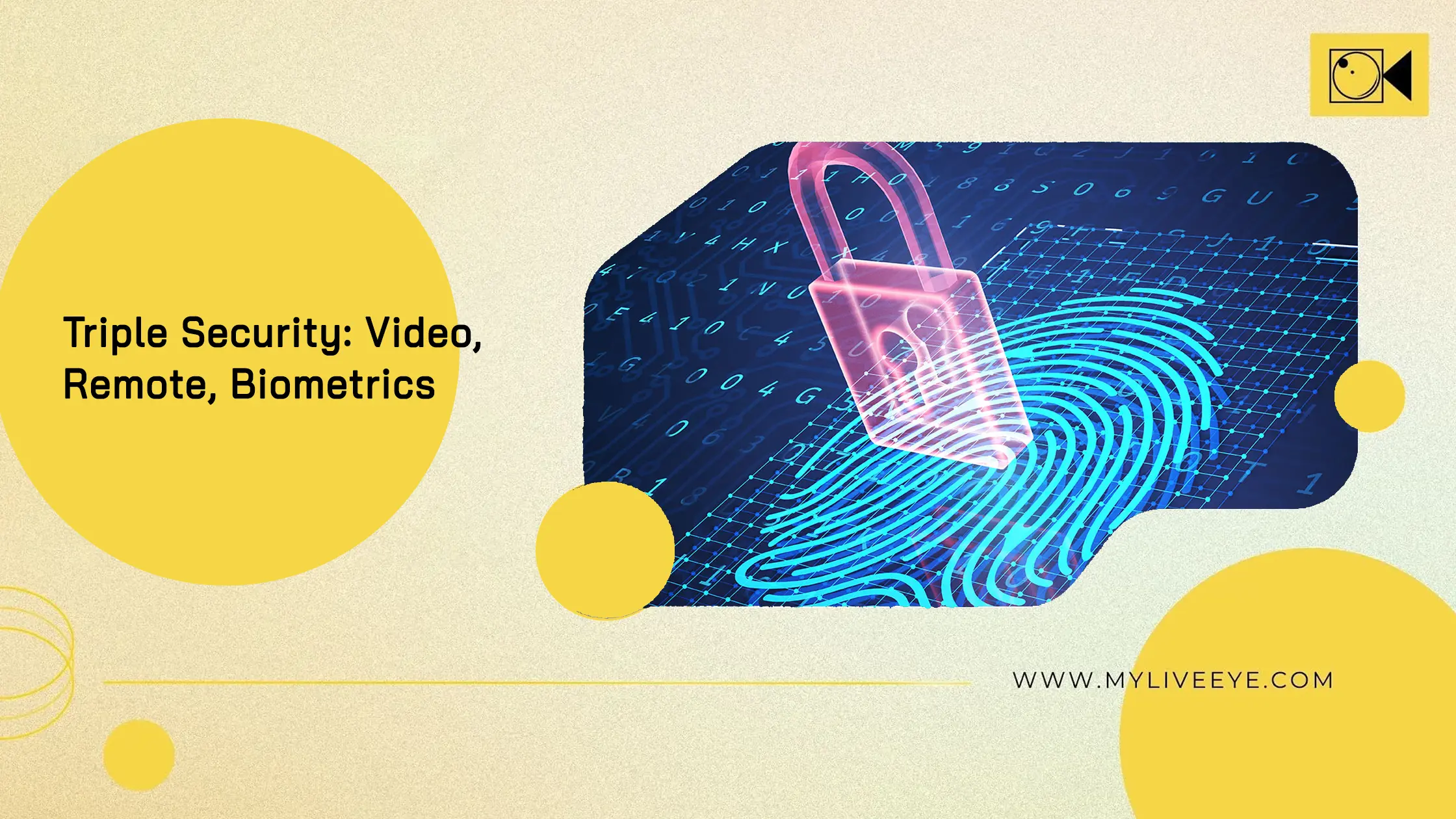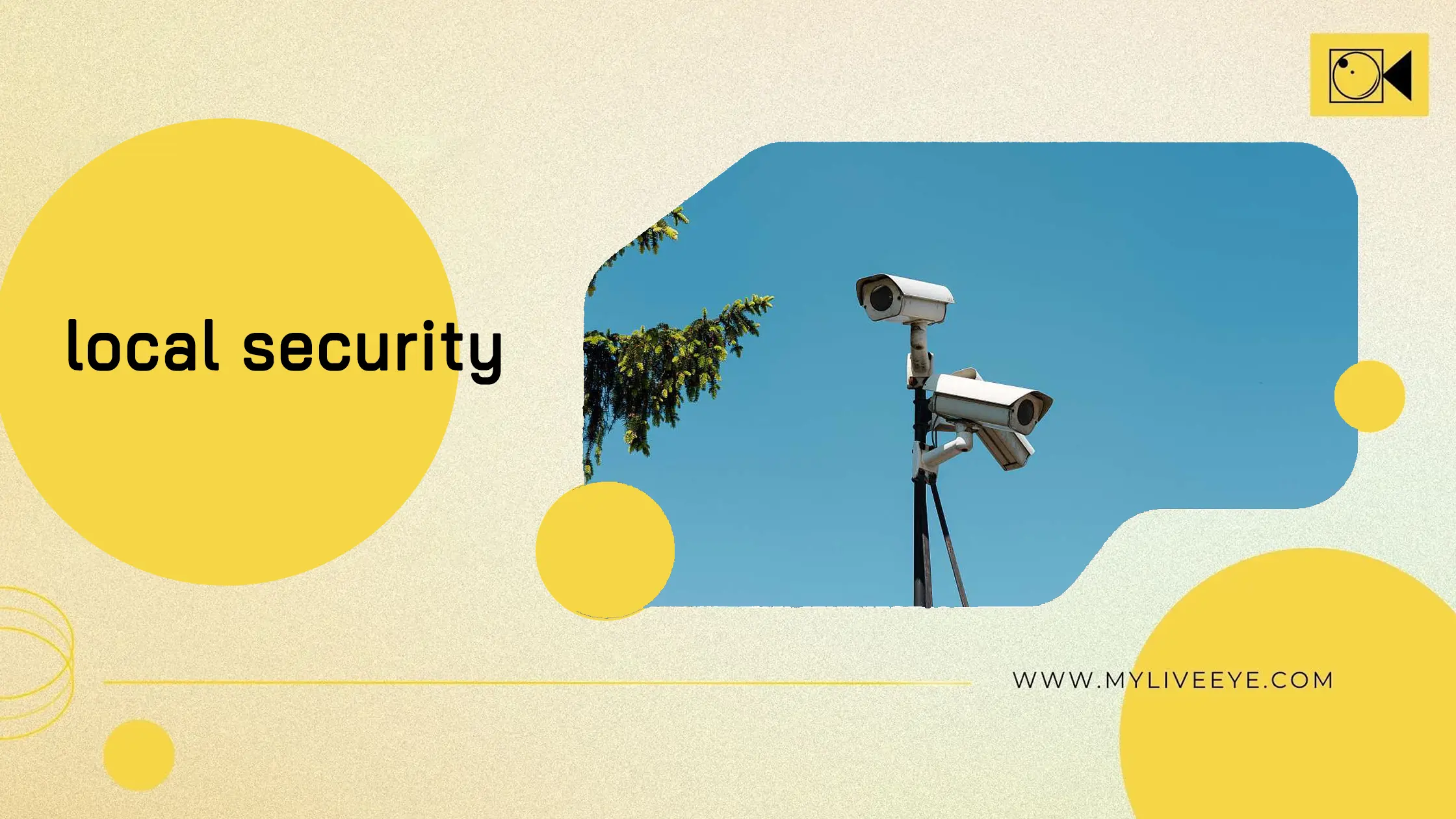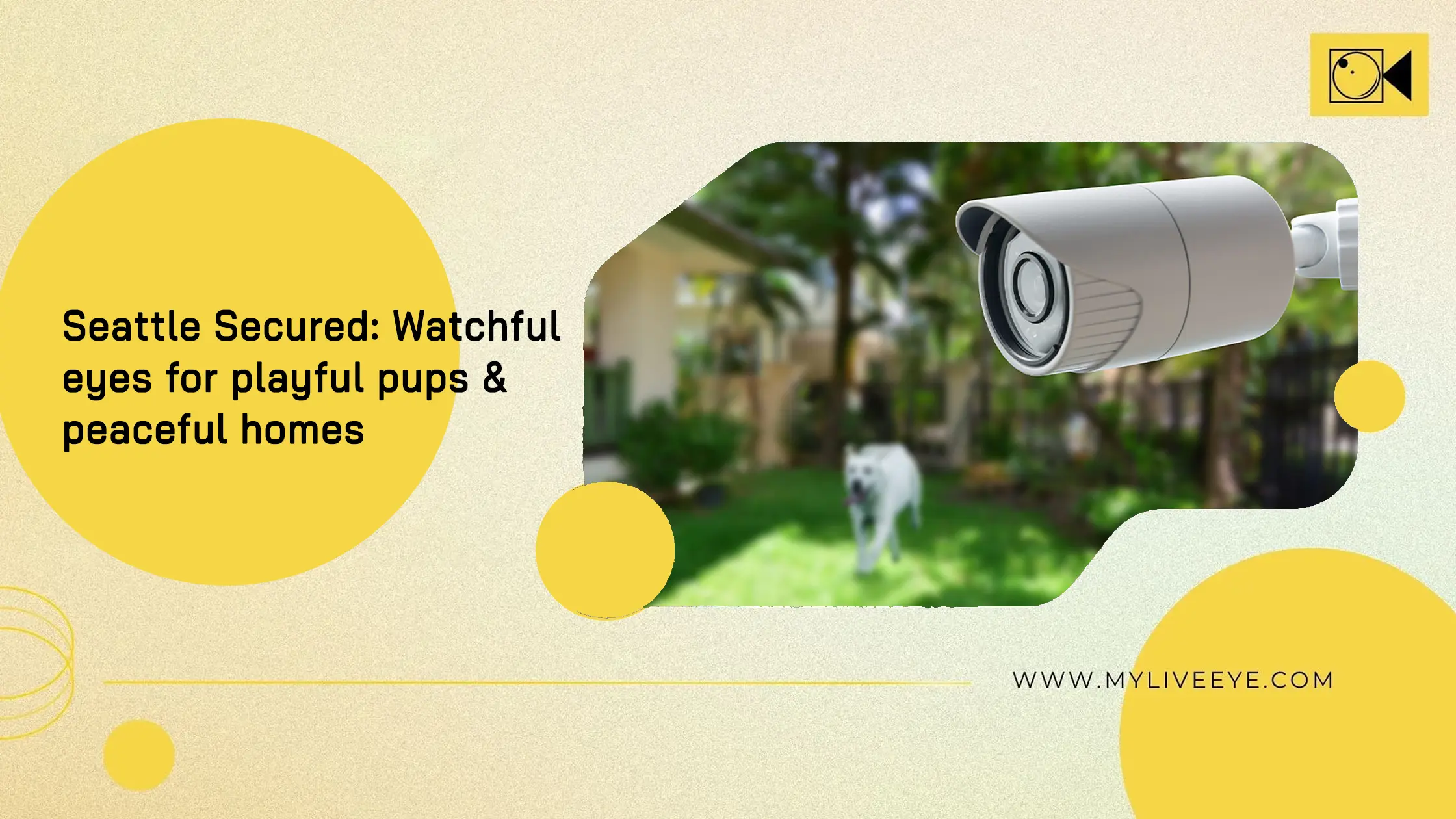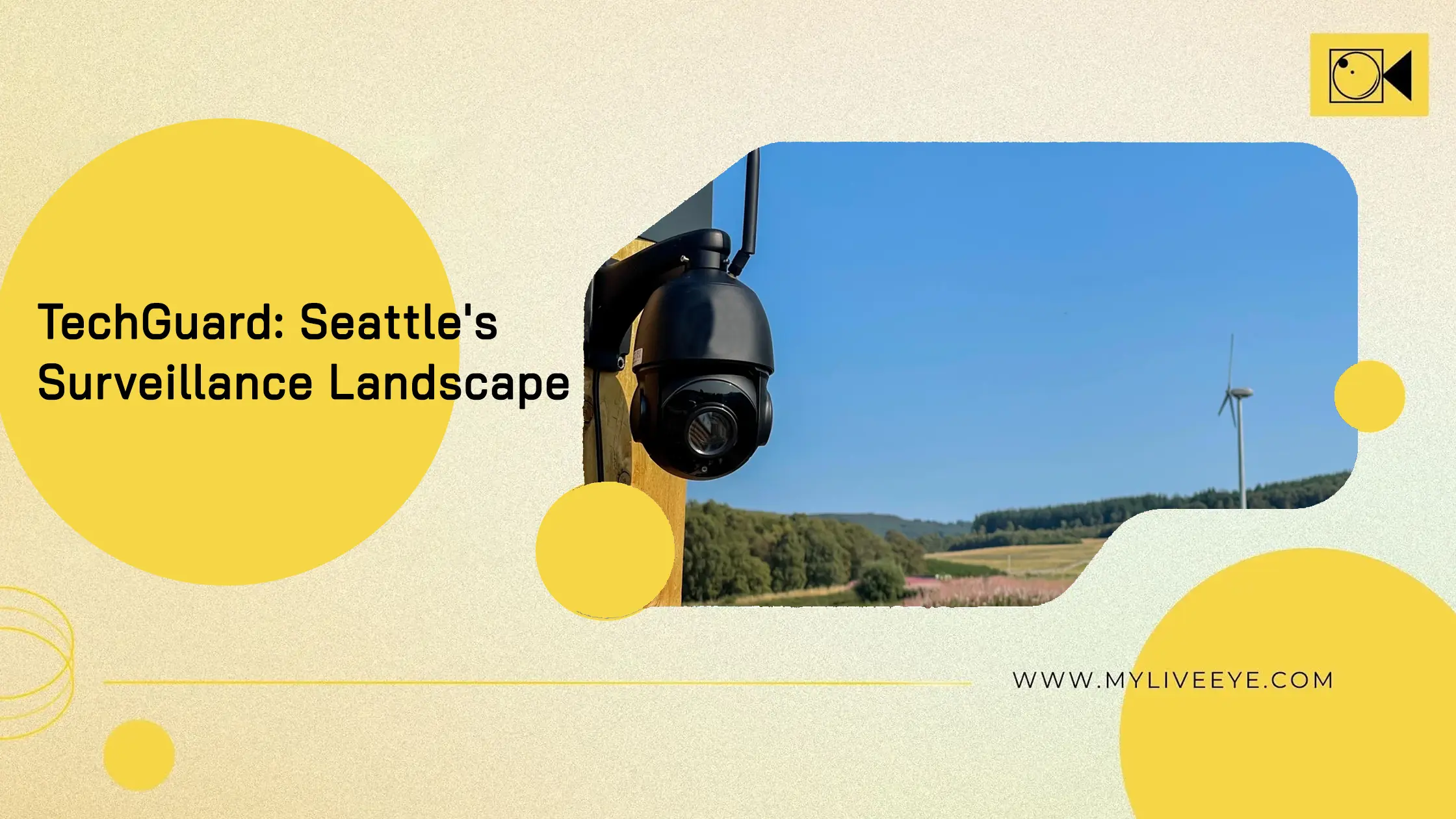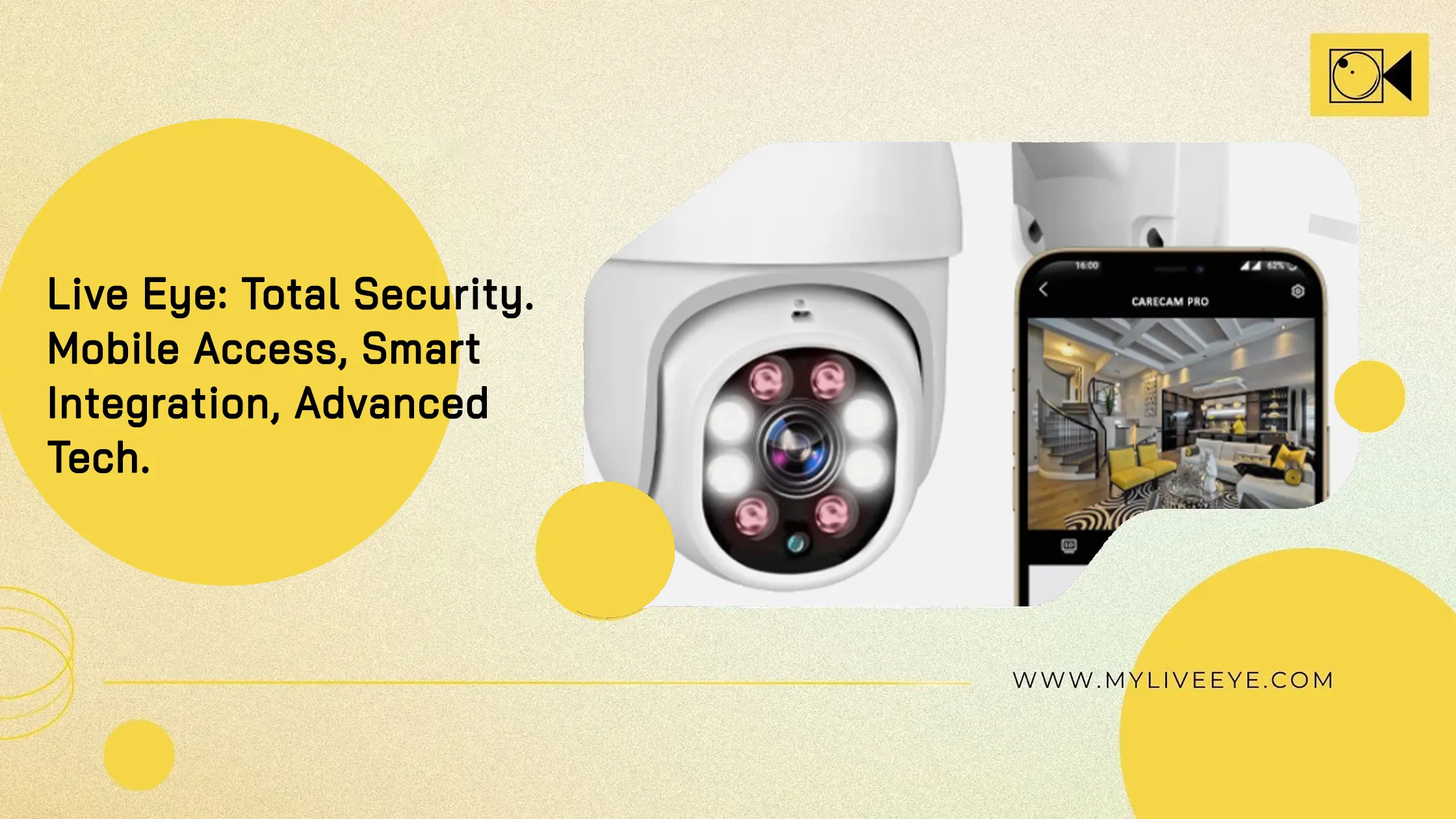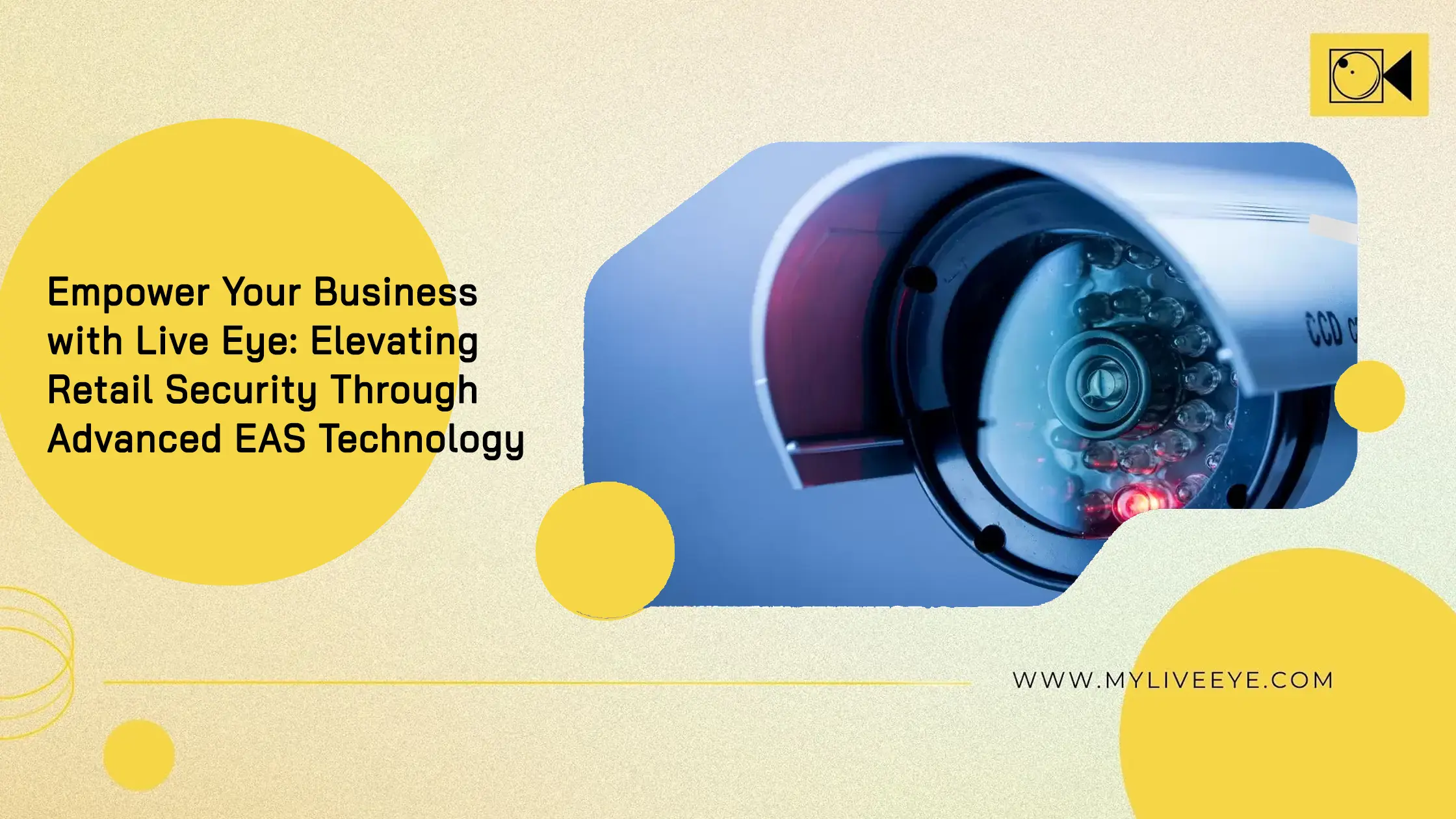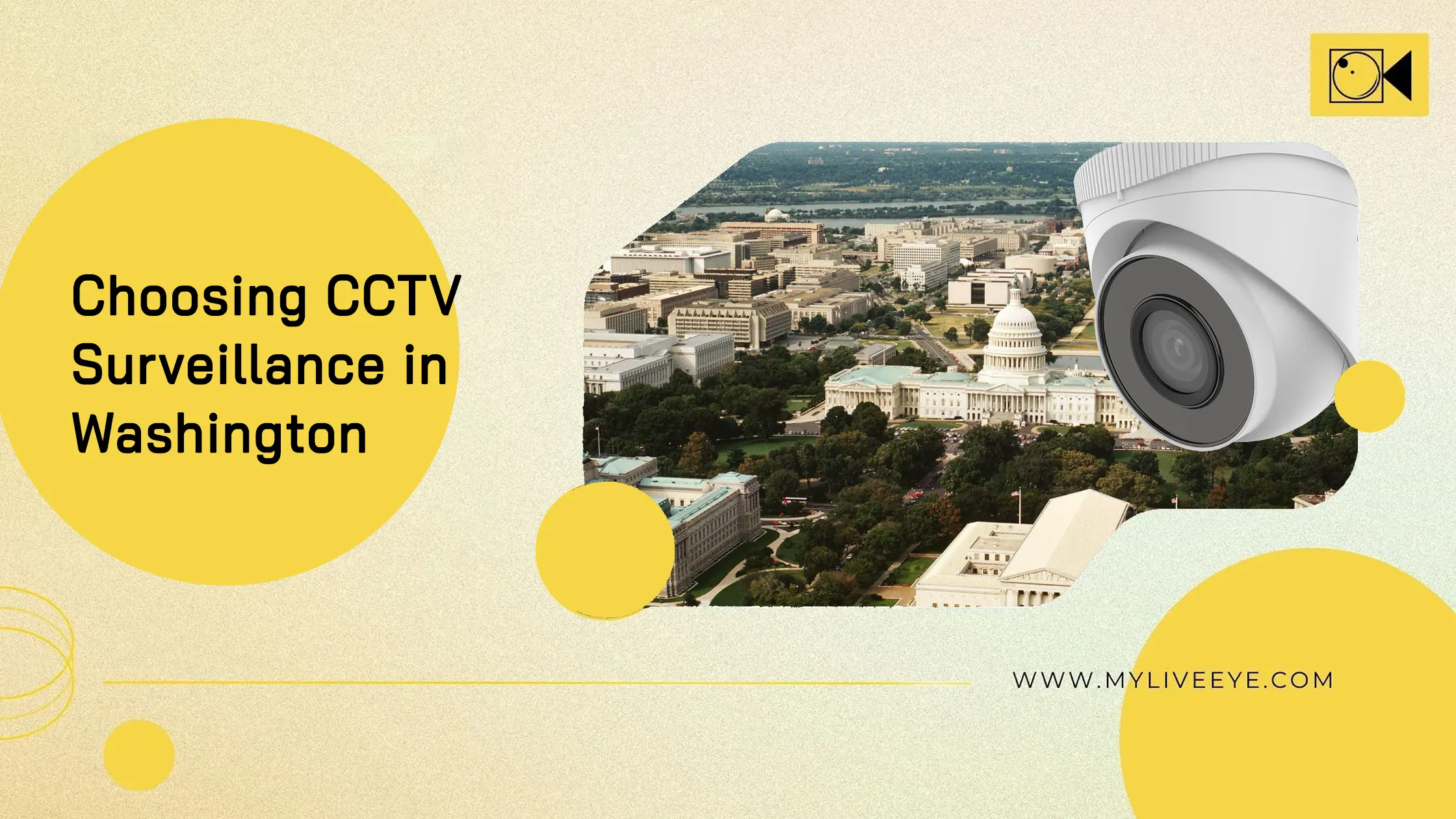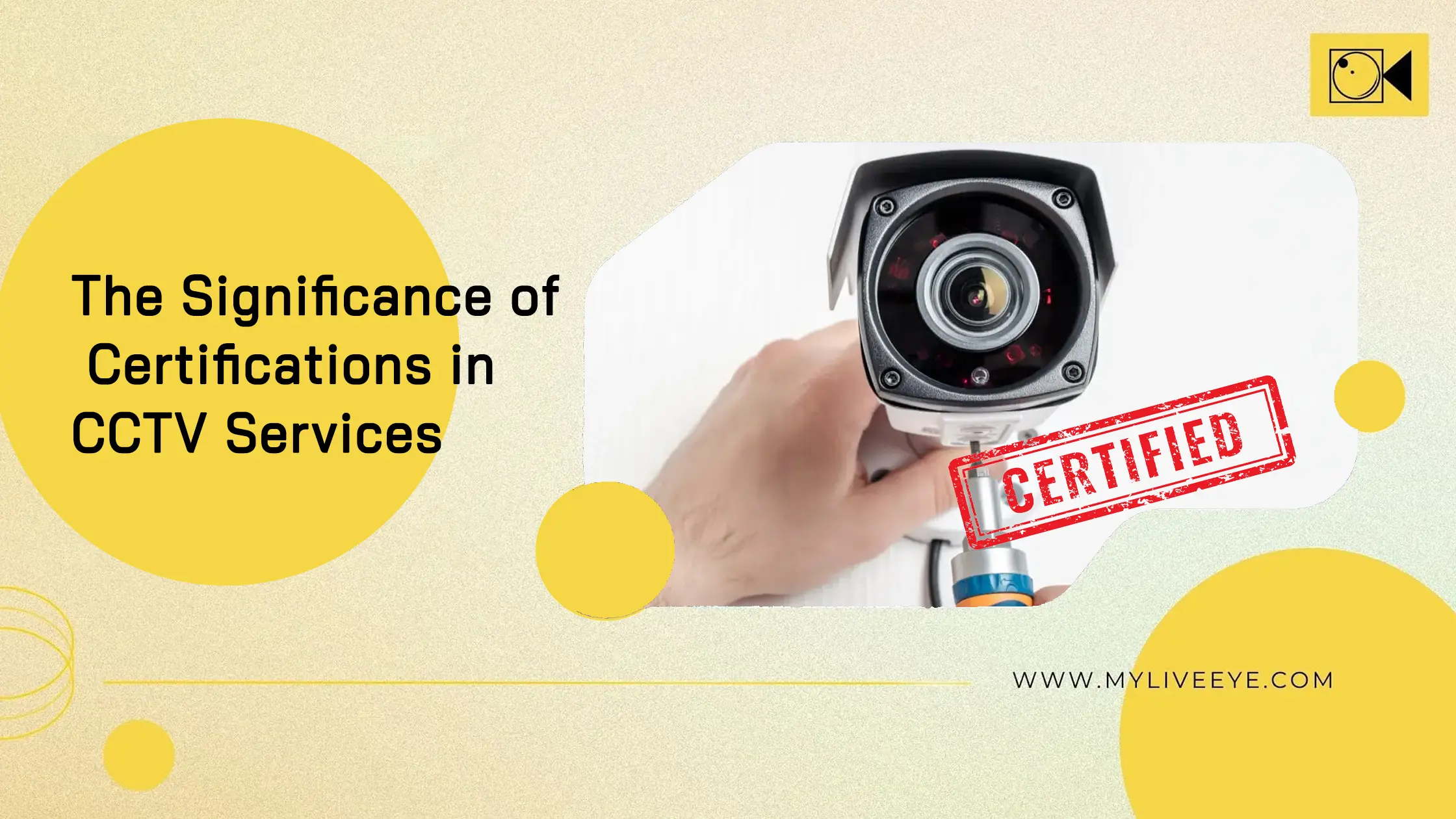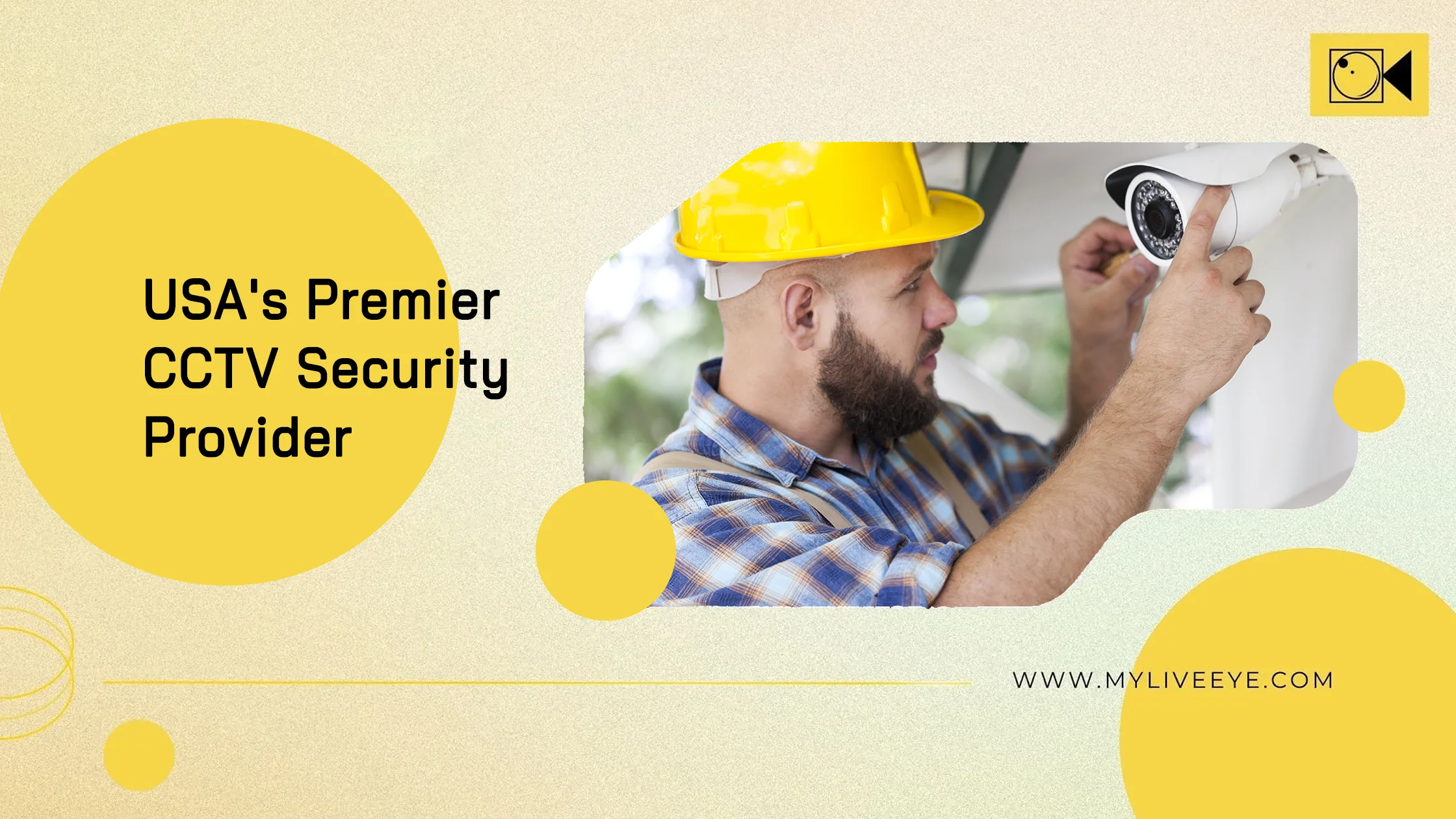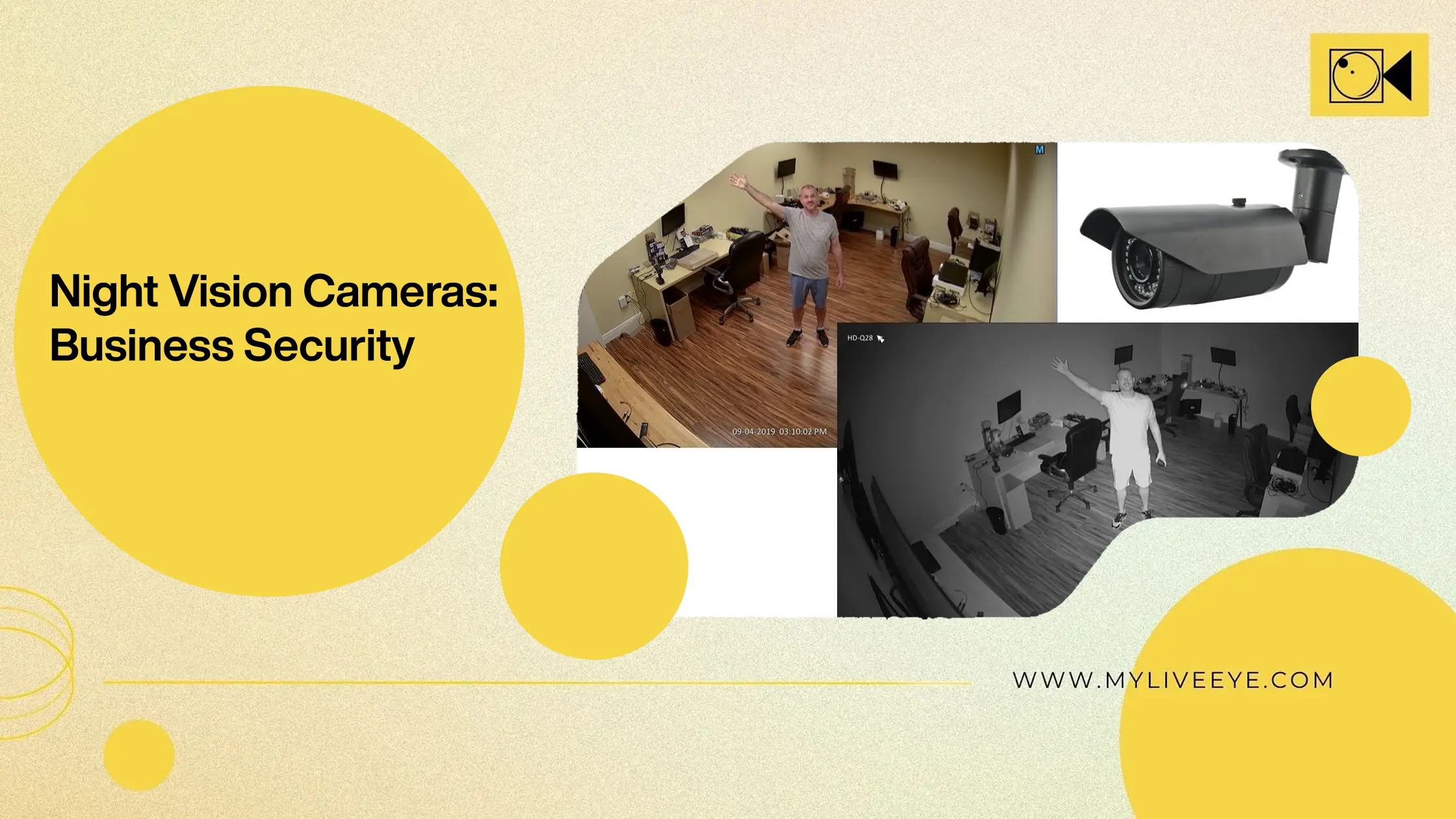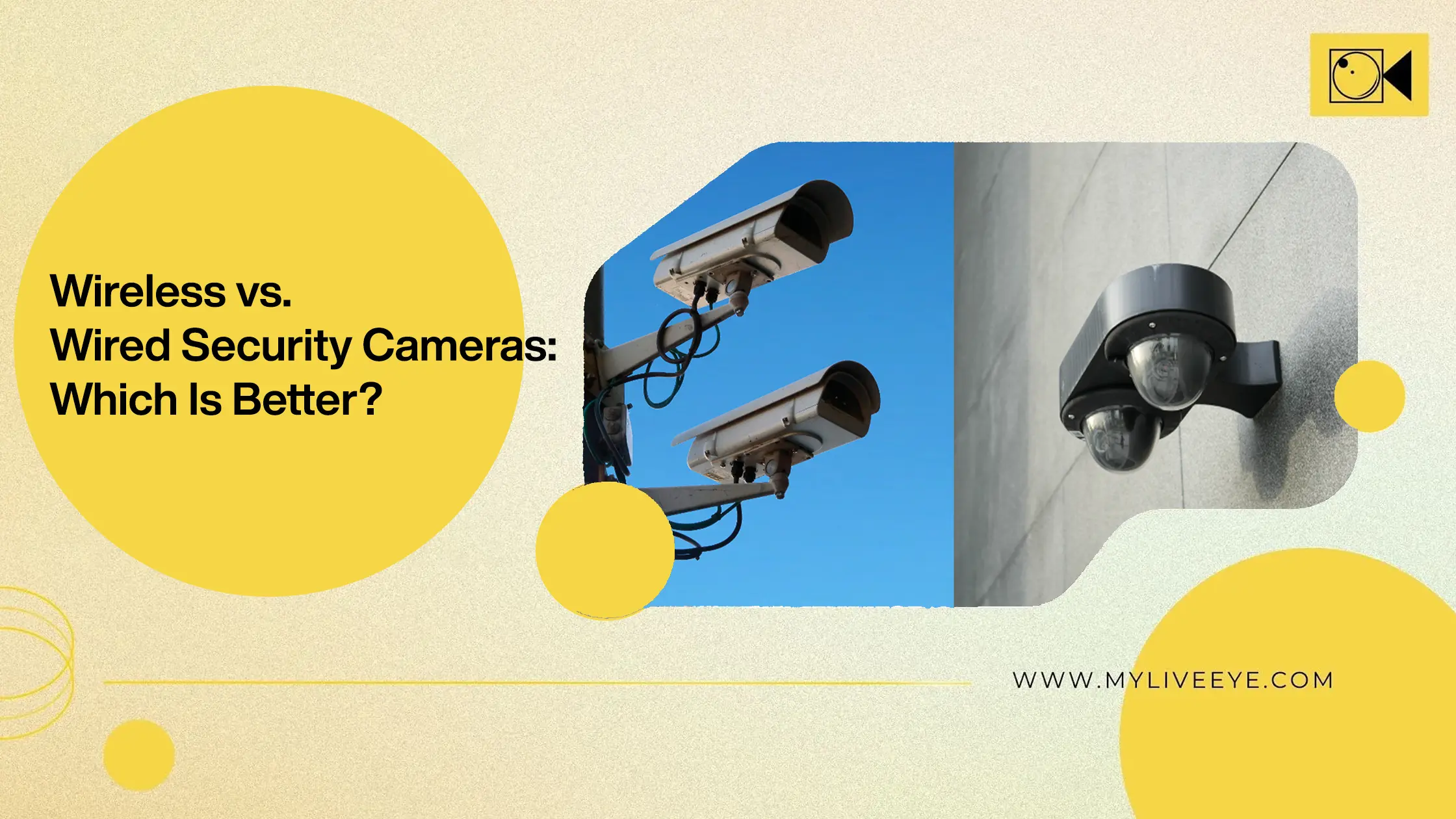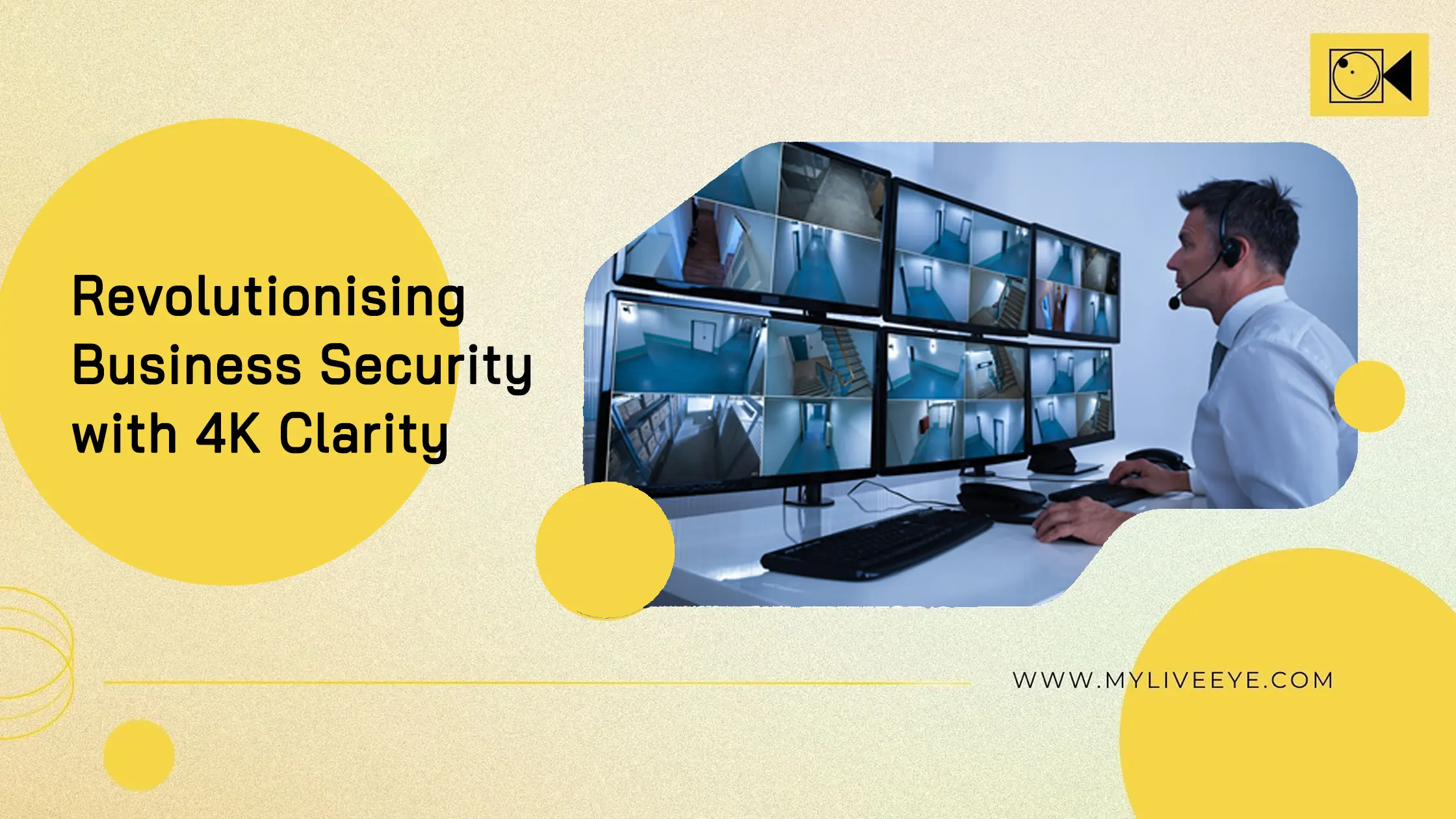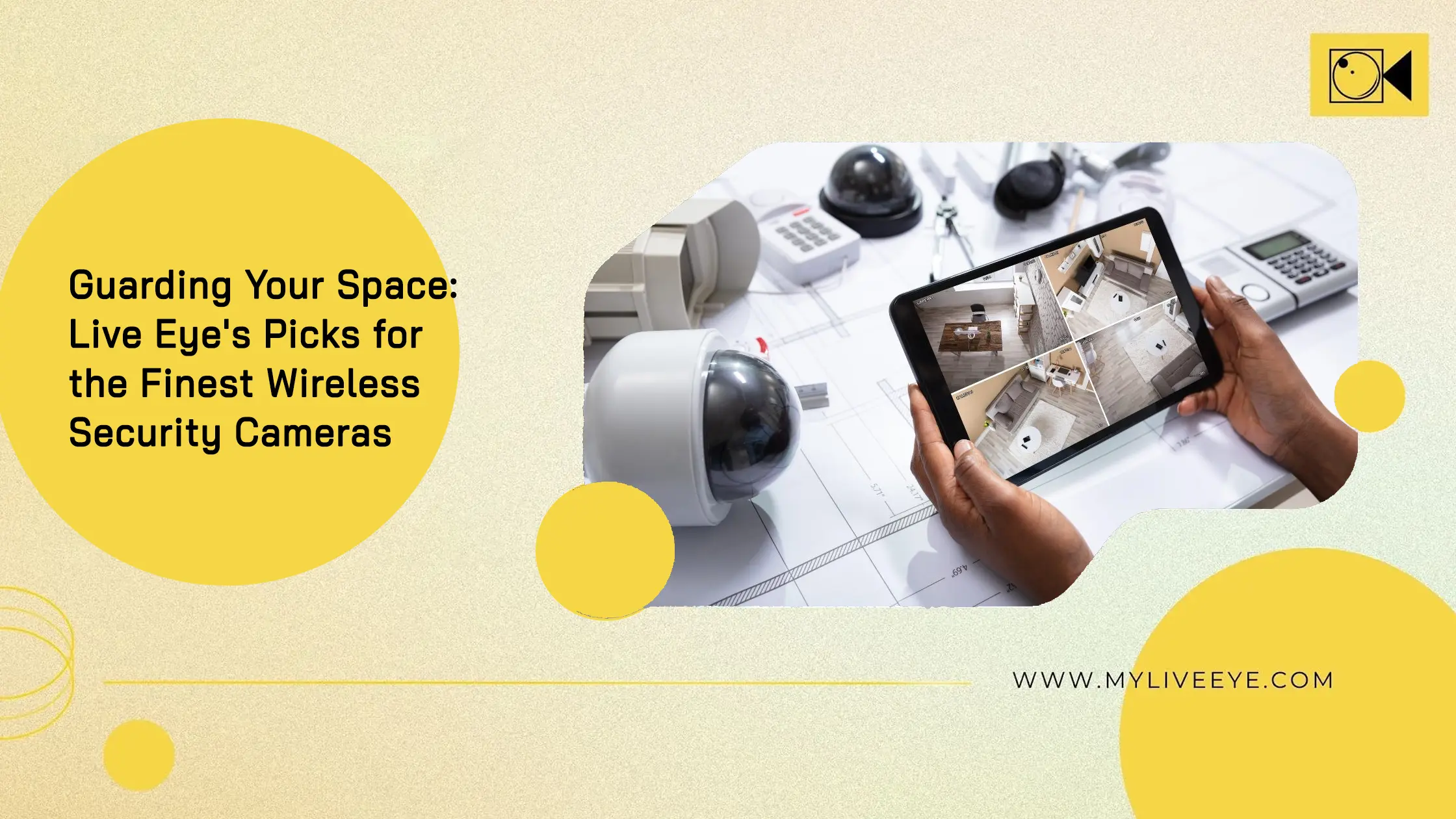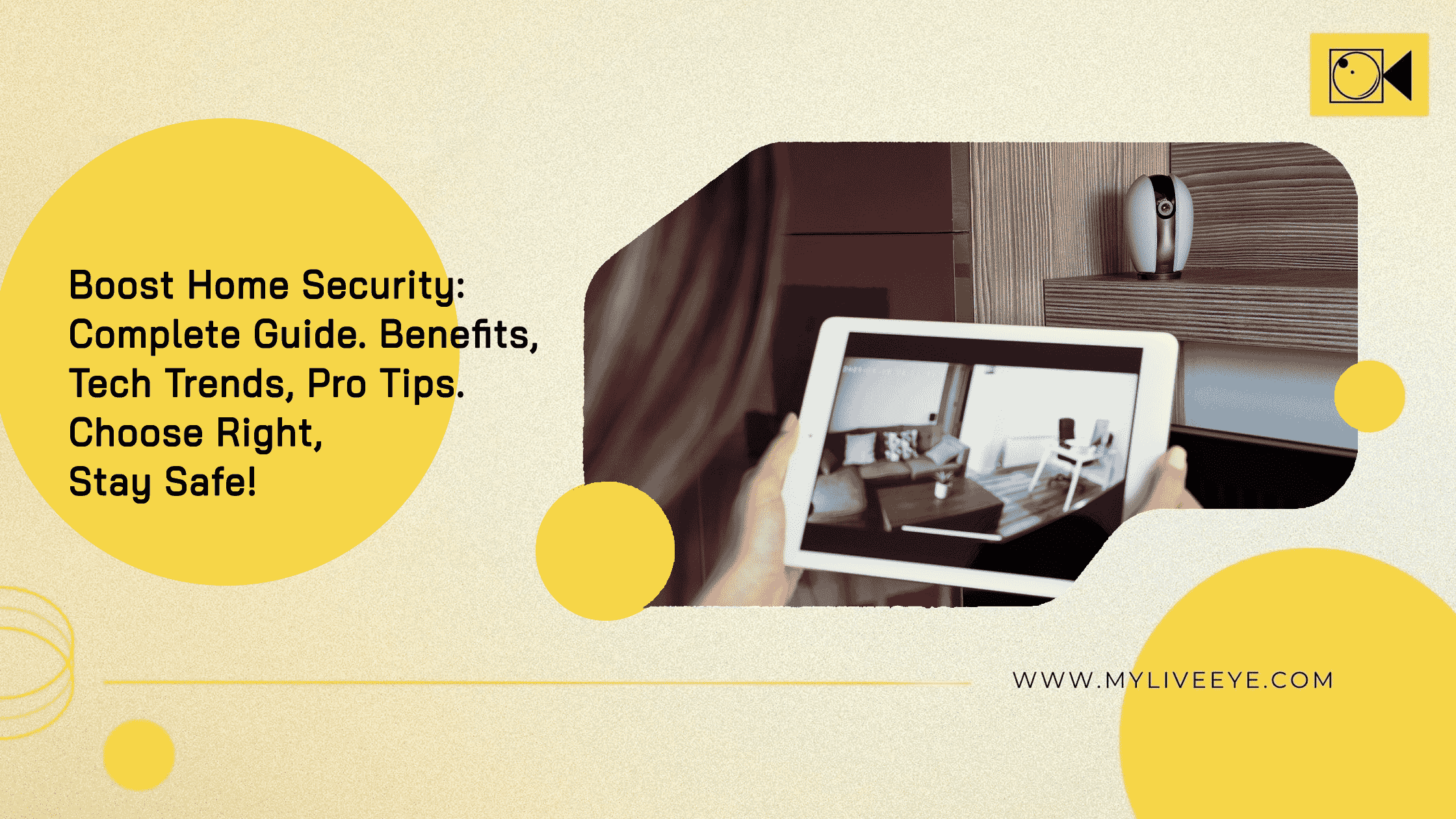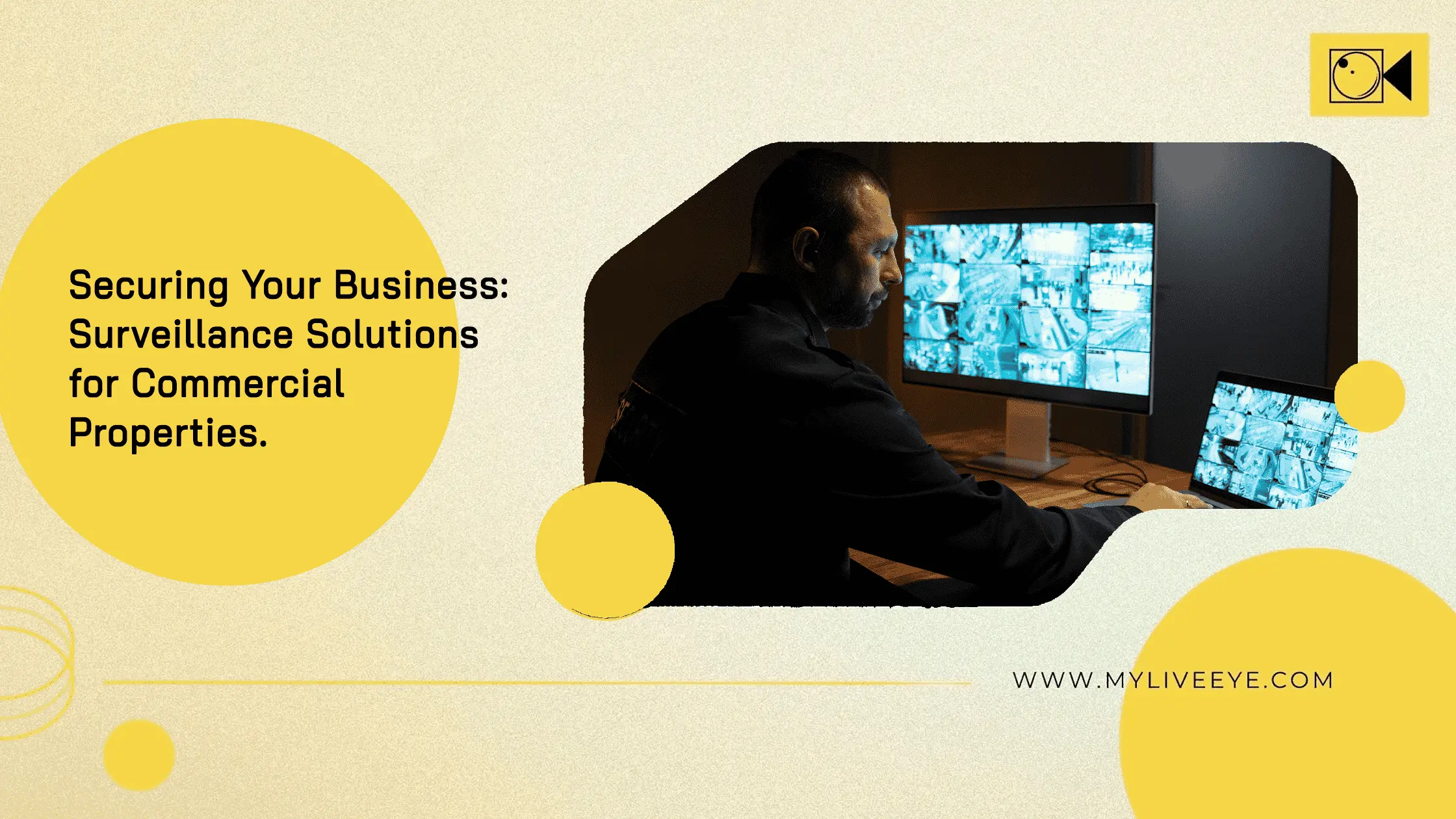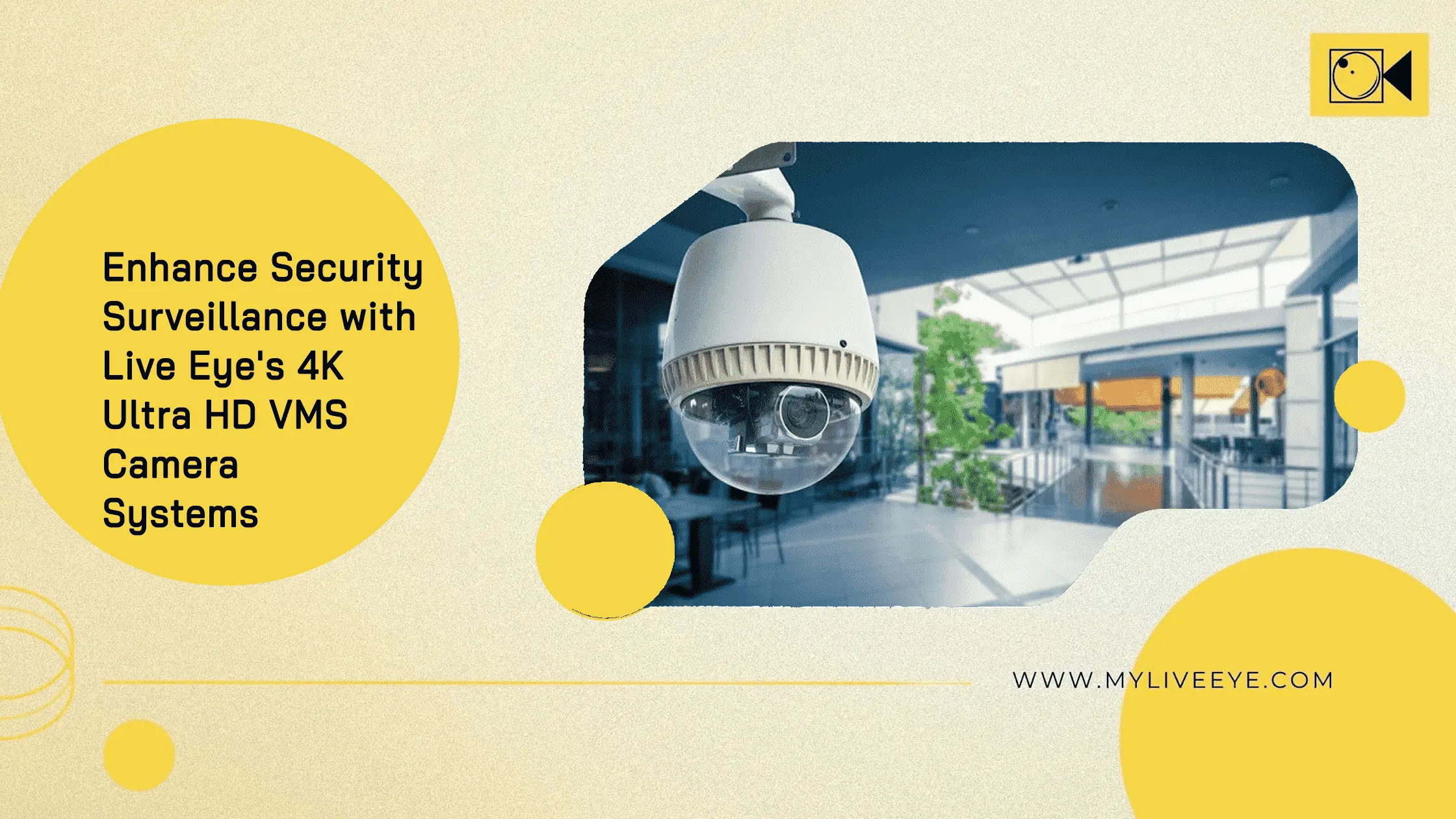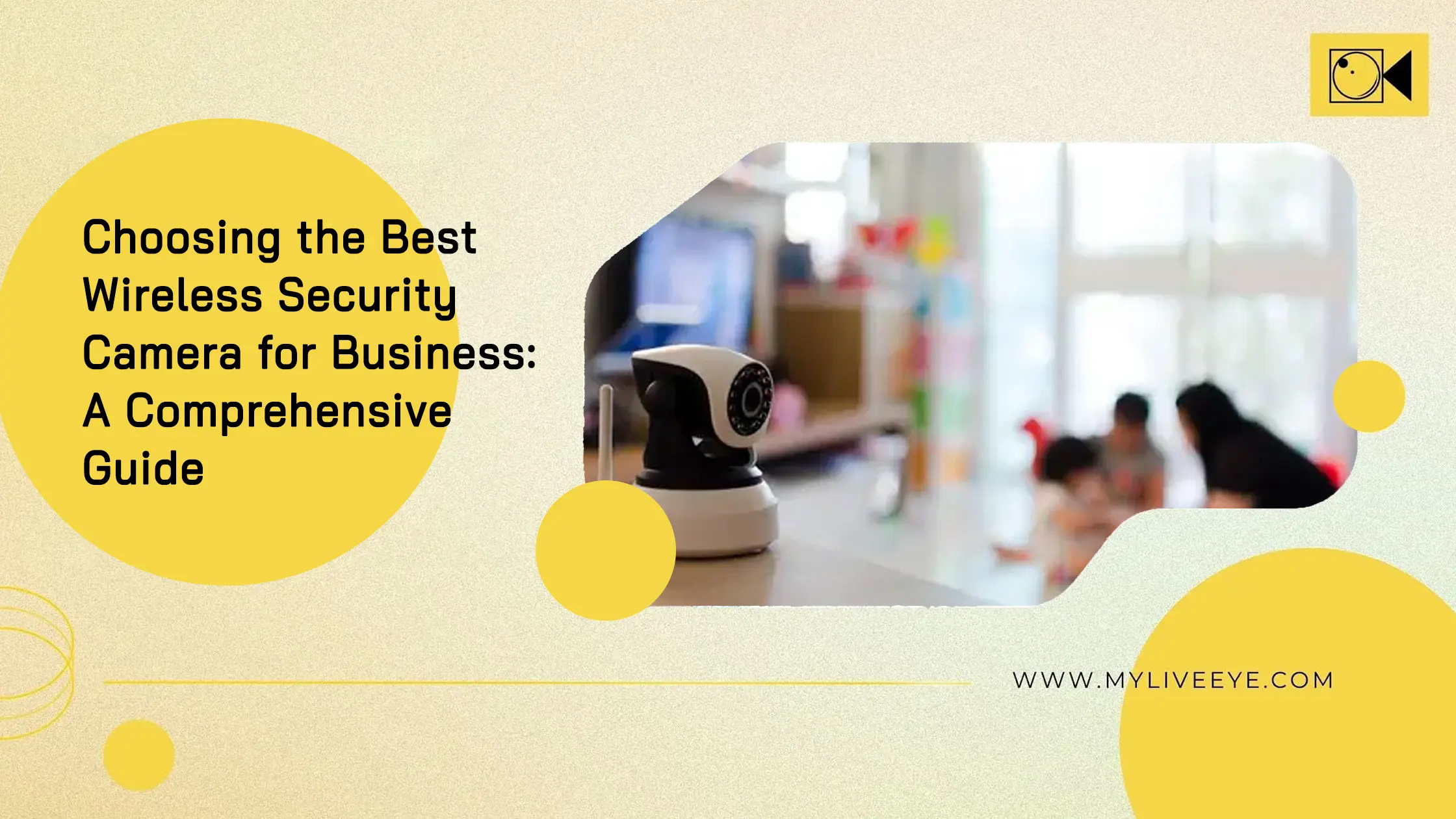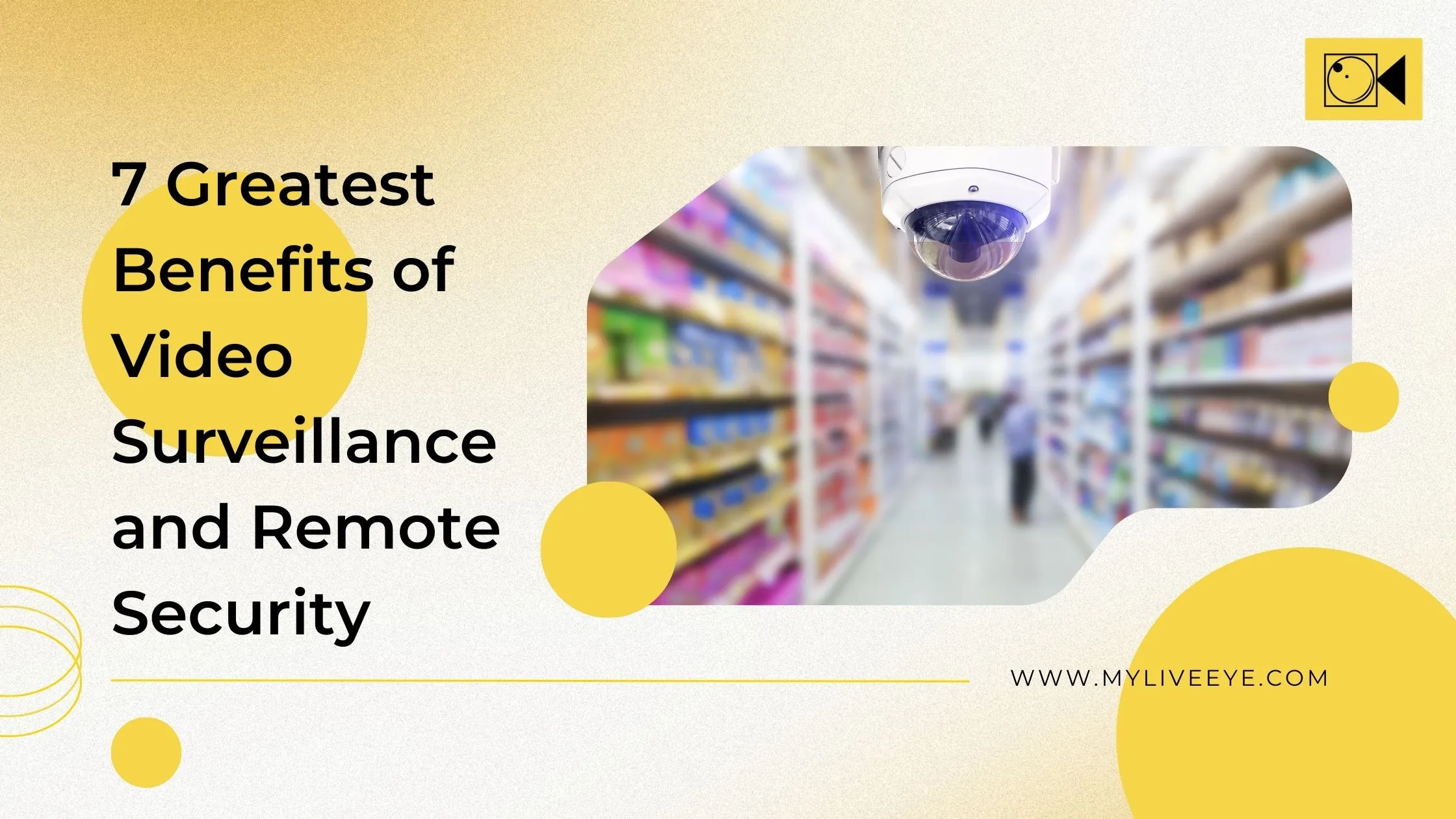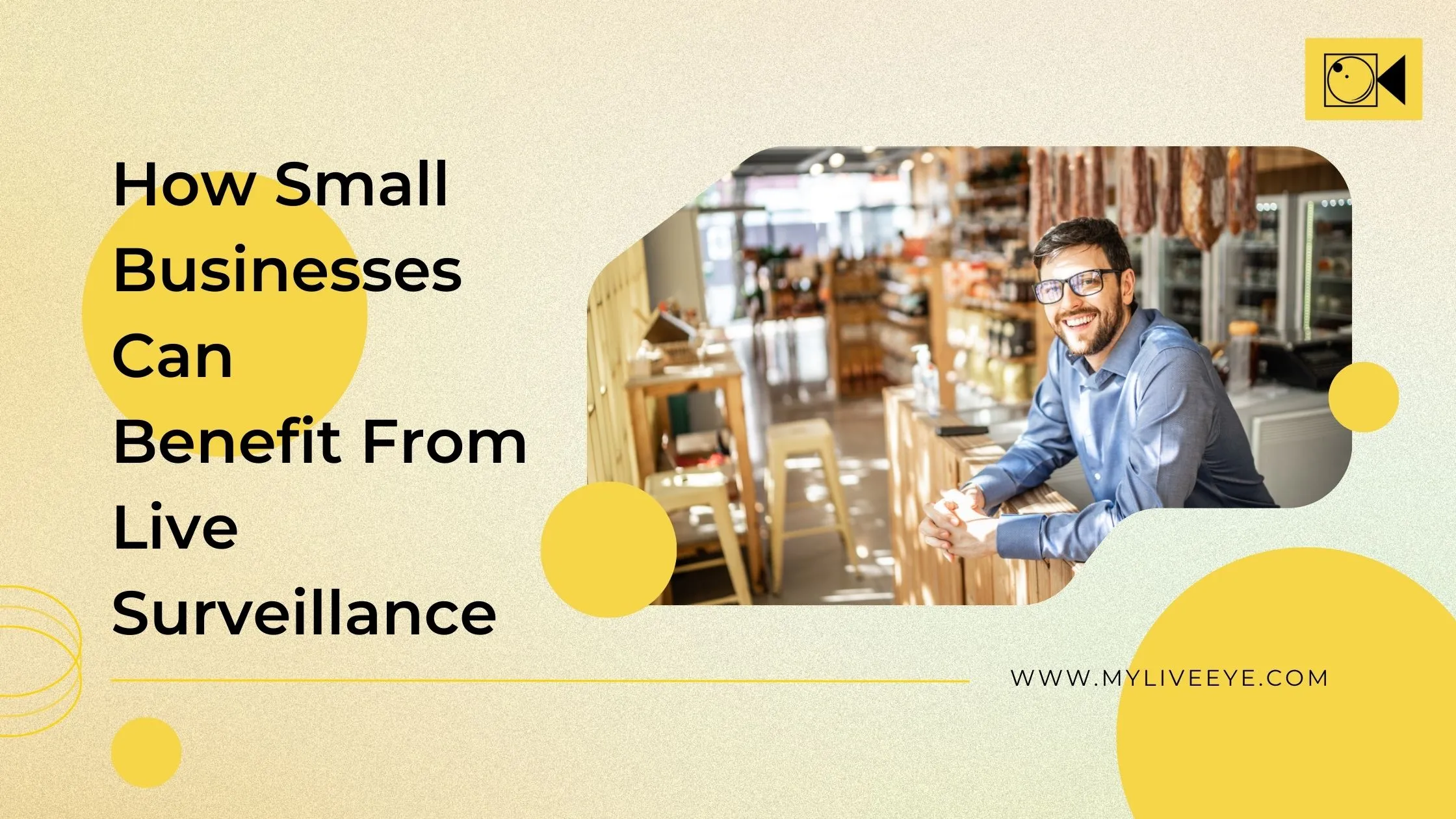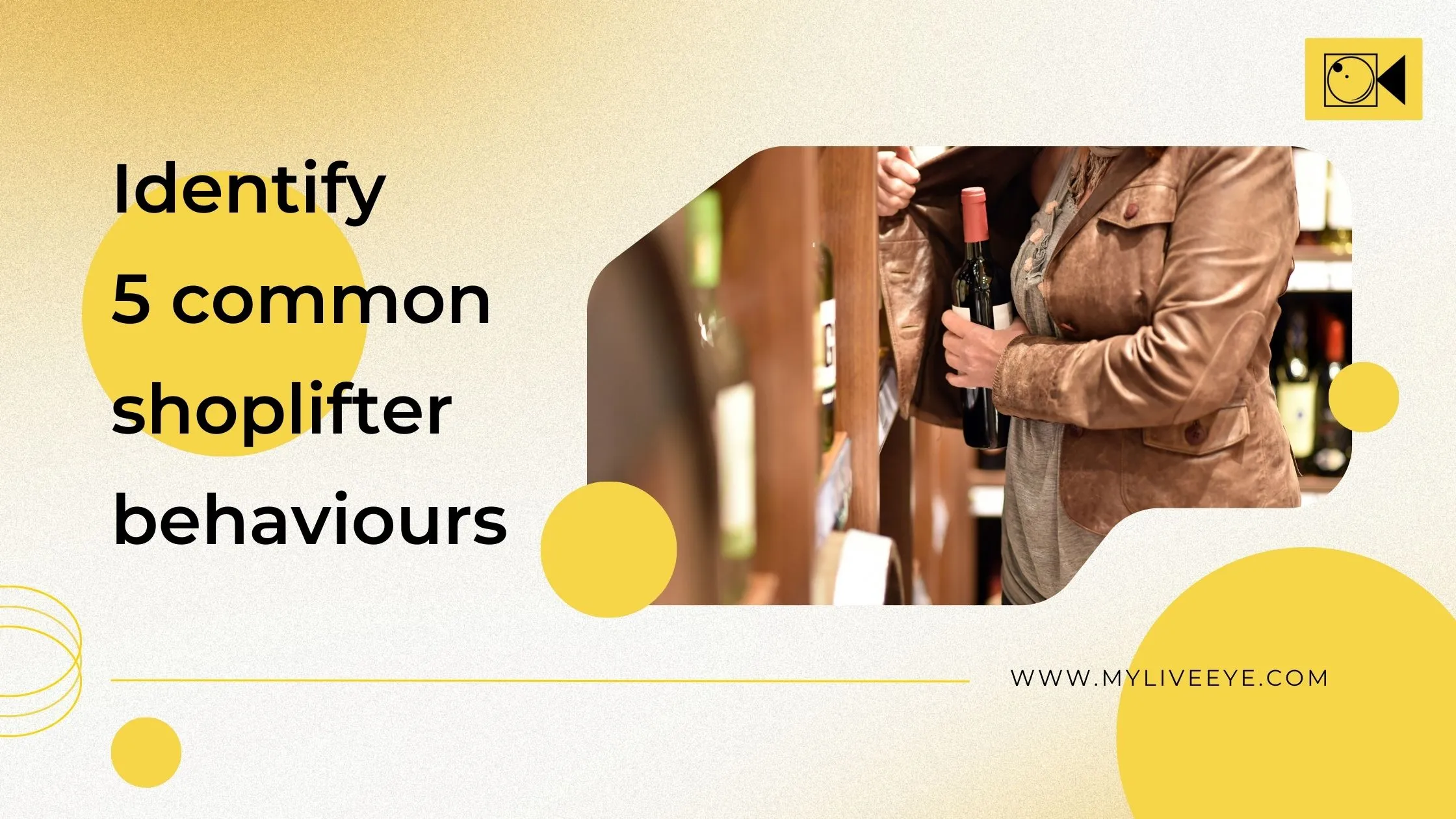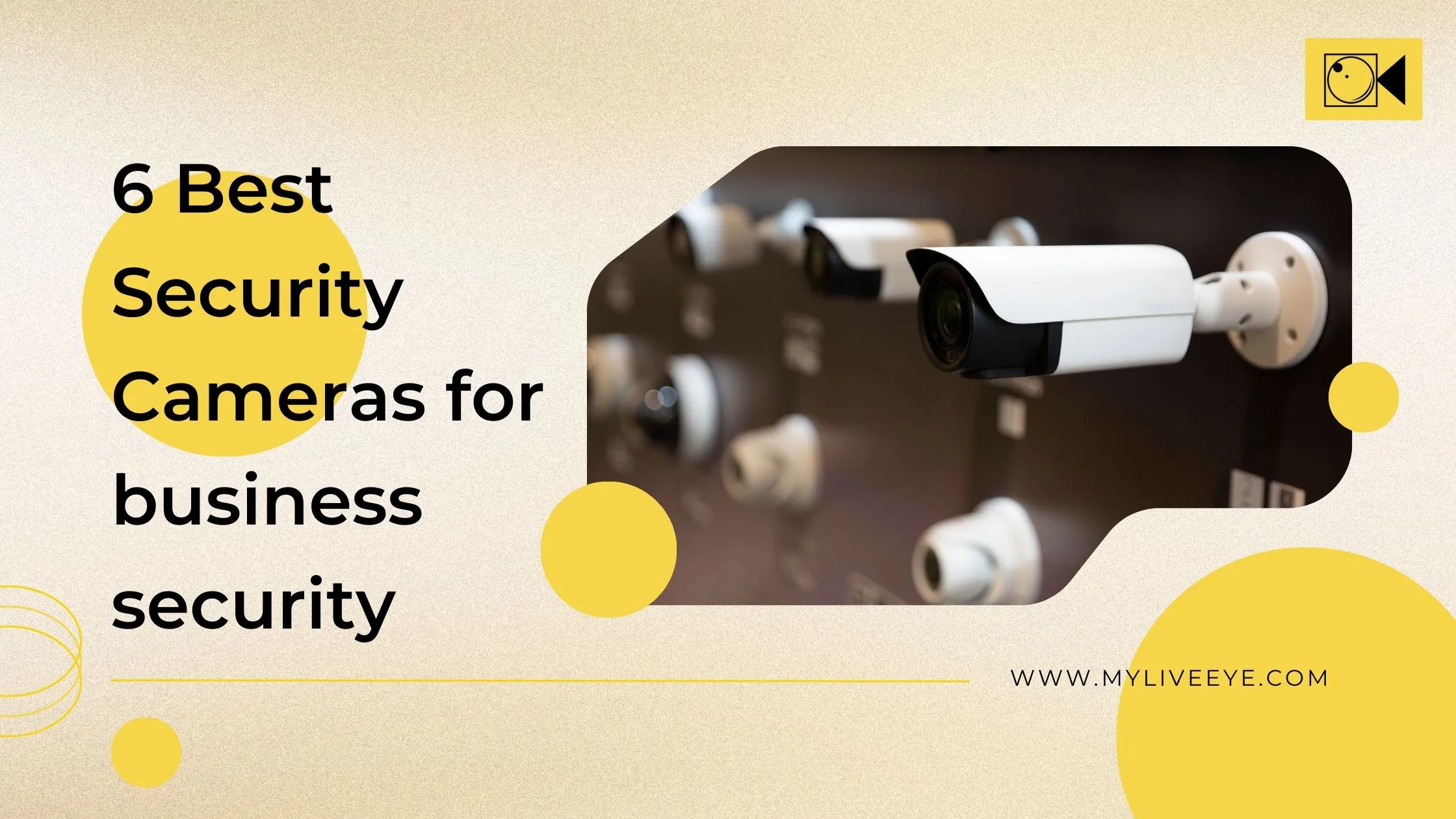
AI Surveillance vs. Traditional CCTV: What Your Business Needs in 2025
Boost smarter security now: see how AI vs CCTV shapes your business safety in 2025!
Did you know that companies using AI-driven video analytics report a 30% reduction in
security incidents? Business leaders often wonder which AI or CCTV option will work best in
2025.
As risks shift and tech moves ahead, understanding Modern surveillance systems
is key for protecting your assets and people. In this post, you’ll see a clear comparison of capabilities,
costs, real-world cases, steps for rollout, and answers to common questions.
Why Next-Gen Security Matters in 2025
Security threats now blend physical and digital schemes. For example, organized retail crime may use social media coordination, and insider fraud can slip past human guards. That’s why Modern surveillance systems matter: they shift you from watching old footage to spotting issues as they happen.
Smart Video Monitoring for Real-Time Alerts
With real-time alert notifications and automated incident alerts, you get instant heads-ups if something unusual occurs, so you can act before losses grow.
Behavioral Recognition & Anomaly Detection
Systems that flag odd patterns (e.g., repeated access to restricted zones) use behavioral recognition technology and anomaly detection algorithms. This means fewer blind spots and faster response.
Edge-Based vs. Cloud-Based Processing
Edge-based processing handles simple alerts on the camera device, cutting lag. Cloud-based video monitoring adds heavier analytics without overloading your local network. Together, they offer balance: quick local checks plus deep analysis off-site.
The Drawbacks of Legacy Video Surveillance
Traditional CCTV often just records nonstop, requiring you or staff to scan hours of footage after an incident. That leads to delays and missed clues.
On-Premise DVR Storage Challenges
Storing video on-site can mean high maintenance costs, hardware failures, and limited space. It also slows you down when you try to review old footage from multiple locations. Cloud options ease storage burdens but aren’t part of pure legacy systems.
Manual Monitoring & Human Error
Relying on 24/7 human monitoring leads to fatigue and slow alerts. People miss details over long shifts. That can make small issues become big problems.
Limited Integration with Other Systems
Old CCTV setups rarely tie into your POS or alarm systems. You miss the chance to link a suspicious sale or access badge event with video evidence in one view. That gap makes it harder to spot patterns or confirm incidents swiftly.
How AI-Powered Security Cameras Transform Protection
AI systems can spot risks early and cut false alarms. You get deeper insights, such as identifying repeat patterns that hint at theft or safety hazards.
Machine Learning Surveillance & Video Analytics
With machine learning surveillance, cameras learn normal patterns for a location and flag odd activity, so you don’t review hours of safe footage. Video analytics can detect loitering, crowd build-up, or blocked exits.
Predictive Security & Behavioral Insights
Predictive security uses past data to warn you before issues escalate. For instance, if entry patterns shift late at night, AI can alert you to check feeds. Behavioral insights help you understand peak risk hours or zones needing extra attention.
Privacy-Preserving AI Approaches
Good AI respects privacy rules. It can mask faces or limit data retention per GDPR or local laws. That keeps you compliant and helps build trust with staff and customers.
Integration with Cloud & Mobile
Remote video access means you check live or past footage from your phone or tablet. Cloud-based video monitoring frees you from local storage limits and speeds multi-site reviews. You can share clips securely for investigations without shipping hard drives. Here, think about a short clip for your vlog showing how an alert pops up on a mobile device. This makes the idea concrete for viewers.
Cost-Benefit Breakdown: AI vs CCTV Investment
Rather than a fixed table, here’s a side-by-side look in bullets. You can insert your own figures based on quotes, such as costs or licensing fees.
Setup Cost
- Traditional CCTV: High hardware spend (cameras, DVRs, cabling) plus installation labor.
- AI Surveillance: Often a subscription or service fee plus camera upgrades. The initial outlay may be similar, but you pay over time.
Maintenance & Updates
- Legacy: You replace aging DVRs or hard drives and upgrade cameras manually.
- AI: Provider pushes updates. You may need occasional firmware updates or bandwidth checks.
Storage Cost
- On-site: You buy more drives as footage grows.
- Cloud: You pay for storage tiers, often optimized by AI, discarding irrelevant clips.
False Alarm Rate
- CCTV: Many false alerts mean wasted review time.
- AI: Automated filters cut false alarms. One standout benefit of AI surveillance is showing its edge over legacy CCTV.
Analytics Capability
- Legacy: Basic motion triggers; manual review needed.
- AI: Proactive analysis, like detecting crowding or unusual movement.
Scalability & Remote Access
- CCTV: Hard to scale across many sites without a big investment in servers or staff.
- AI: Scale by adding cameras to the cloud platform; you or your team get a unified dashboard.
Integration Ease
- Legacy: Custom work needed to link to POS or alarms.
- AI: Many platforms offer built-in APIs to link streams with other systems.
Ongoing Monitoring Cost
- CCTV: If you outsource monitoring, you pay for guard shifts plus manual reviews.
- AI: The service often bundles AI alert handling with a human review at lower rates.
Hidden Costs in Legacy Systems
- Time lost in manual checks.
- Missed events due to slow review.
- Extra staff hours for monitoring.
Value of Automated Incident Alerts
- Faster loss prevention saves money.
- You can redeploy security staff to proactive tasks.
- Improved safety lowers liability costs.
How to Upgrade Your Security: Implementation Guide
You can roll out AI surveillance smoothly by following clear steps.
Audit Existing Infrastructure
List your cameras, network capacity, and storage setup. Check if current cameras support AI features or need upgrades. This groundwork helps you plan bandwidth and power needs.
Define Goals & KPIs
Set clear targets: “Cut theft by 20% in six months” or “Reduce response time to alerts under five minutes.” That ensures you measure success.
Pilot & Evaluate
Pick one high-priority location. Run AI alongside existing CCTV to compare alert accuracy. Track metrics like false alarms and response speed. Share clips in a short vlog segment to show the pilot results.
Scale Gradually
Once the pilot meets goals, add sites in phases. Use lessons learned on network setup and staff training to ease rollout.
Staff Training & SOPs
Train teams on reading AI alerts, verifying events, and following escalation steps. For your vlog, record a short demo training clip (with consent) to make it relatable.
Privacy & Compliance Checks
Review local data rules. Ensure video retention and masking meet standards. Work with legal or compliance teams so you stay on the right side of regulations.
Selecting the Right Vendor
Check if a provider offers robust analytics, an easy dashboard, and good support. Ensure they align with Modern surveillance systems expectations and track AI security trends 2025 features like continual learning models.
Integrating with Existing Systems
Plan links to POS, access control, or alarm platforms. Getting video and transaction or sensor data in one view helps you spot issues faster.
Monitoring & Continuous Improvement
Review alerts and feedback loops. Fine-tune AI settings to your environment. Schedule regular audits to keep performance high.
Seize smarter security today: make your business ready for 2025
Don’t stick to old monitoring methods; empower your team with proactive AI alerts and clear insights. Reach out to Live Eye for a demo or pilot. Stay ahead with AI security trends in 2025 and keep your sites safe and efficient.
Frequently Asked Questions
Q: What is the difference between AI surveillance and traditional CCTV?
AI monitoring employs live analysis to spot risks and reduce false alarms. Traditional CCTV mostly records footage for later review.
Q: Is AI surveillance better than traditional CCTV?
In many cases, yes. AI offers proactive alerts and deeper insights. But you may keep some legacy cameras during a phased upgrade.
Q: How much does AI-driven security cost compared to CCTV?
Initial costs can be similar, but AI often shifts spending to a subscription or service model. Over time, reduced losses and monitoring hours can improve ROI.
Q: Can I integrate AI analytics with my existing CCTV cameras?
Some platforms support edge devices or software upgrades on compatible cameras. In other cases, you replace specific units. An audit tells you the best path.

